The BBC/Hulu television adaptation of Sally Rooney’s bestseller and “future classic” Normal People was met with critical acclaim around the world when it premiered in late April 2020. However, the series hasn’t received uniformly positive reviews. Jessa Crispin's piece in The Guardian called it “a gutless soap opera for millennials” which left her “bored”. She also suggested that Rooney’s work revealed nothing new when she asserted “the desire to tell an old story in a new way only really works if you have something new to say”.
The frustration I have with these kinds of takes is that they're not written by millennials. That's not a problem in and of itself, it's just that they fail to understand the significance of the work for the millennial generation. Nor do they do justice to the artistic and aesthetic brilliance of the TV series, nor appreciate all that Rooney’s work reveals about contemporary relationships, mental health, questions of class and belonging, first love, and representations of nostalgia. This is to say nothing of the exquisite aesthetics and cinematography of the television adaptation.
Co-written by Sally Rooney, Mark Rowe, and breakout British playwright and screenwriter Alice Birch, the TV series condenses the novel into 12 bingeable episodes of roughly 30 minutes in length, faithfully adapting the acclaimed novel. Normal People is the story of Marianne (Daisy Edgar-Jones) and Connell’s (Paul Mescal) relationship, as they evolve from secret high school lovers in Sligo, Ireland, to variously being friends and lovers as they attend Trinity College, Dublin, drifting in and out of the orbit of each other’s lives. In these four years, we become intimate voyeurs of the events and milestones that define their young lives, such as finishing high school and starting university, first kisses and romances, painful break ups, overseas travel with friends, the emergence of mental health issues, substance abuse, changing friendship groups and fortunes, the suicide of young friends, and familial disharmony and break down.
It’s worth observing that the story is for and about normal people in anything but normal times. The lives of Marianne and Connell are abnormal for several reasons, including the stunning onset of digital culture and technology, and the unsettling changes that has brought to the very ideas of communication, intimacy and memory. The pair are coming of age in the aftermath of the Great Recession from 2007-2009 with all its economic pain and insecurity, along with the international turmoil of the wars in Iraq and Afghanistan. On top of that, their lives are characterised by the hyper-mobility of contemporary life and all the disruption of identity and community, love and meaning that this entails. That the TV adaptation was released just as the COVID-19 pandemic began added a whole new disruptive reality to the experience of our own time.

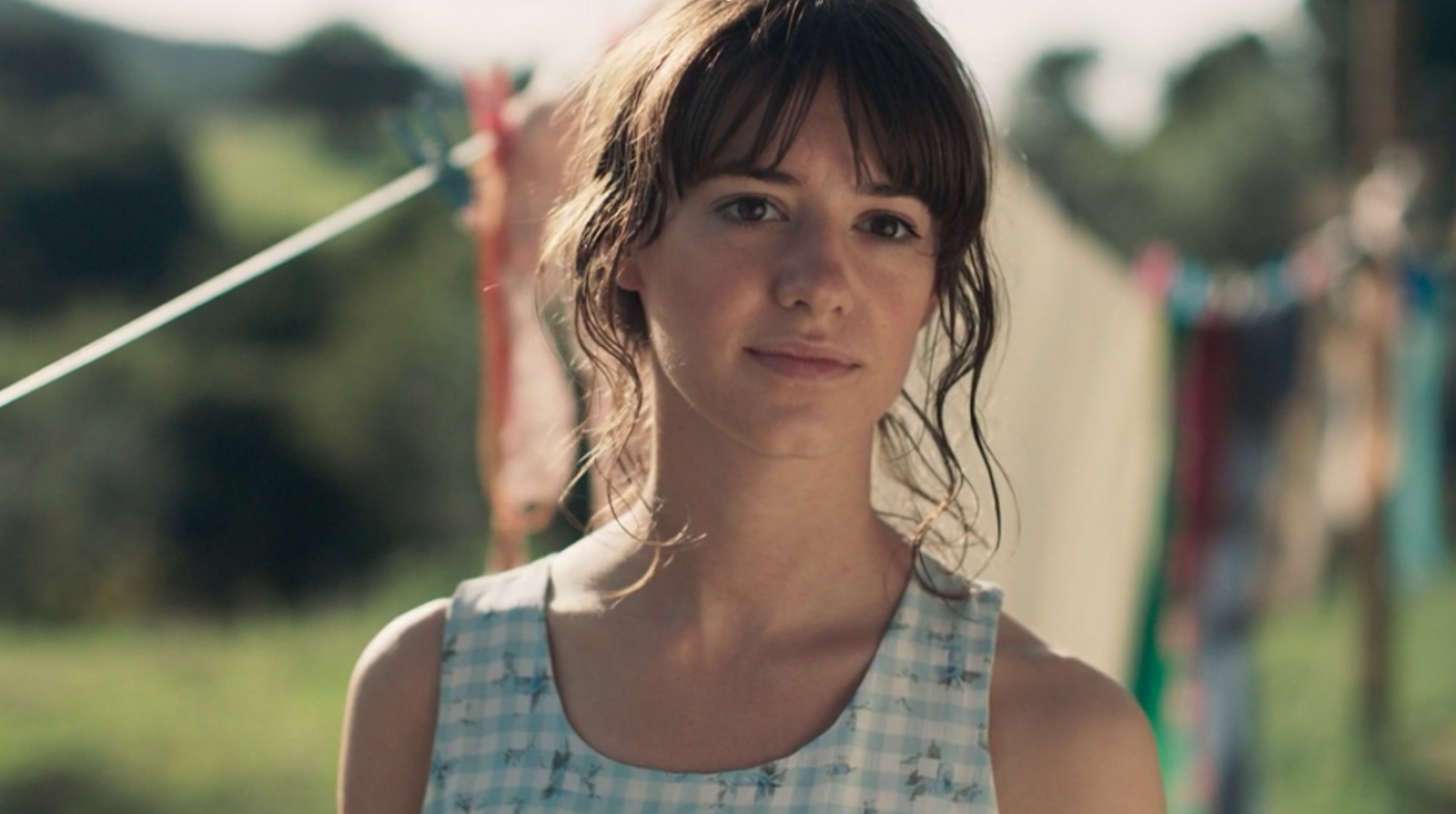
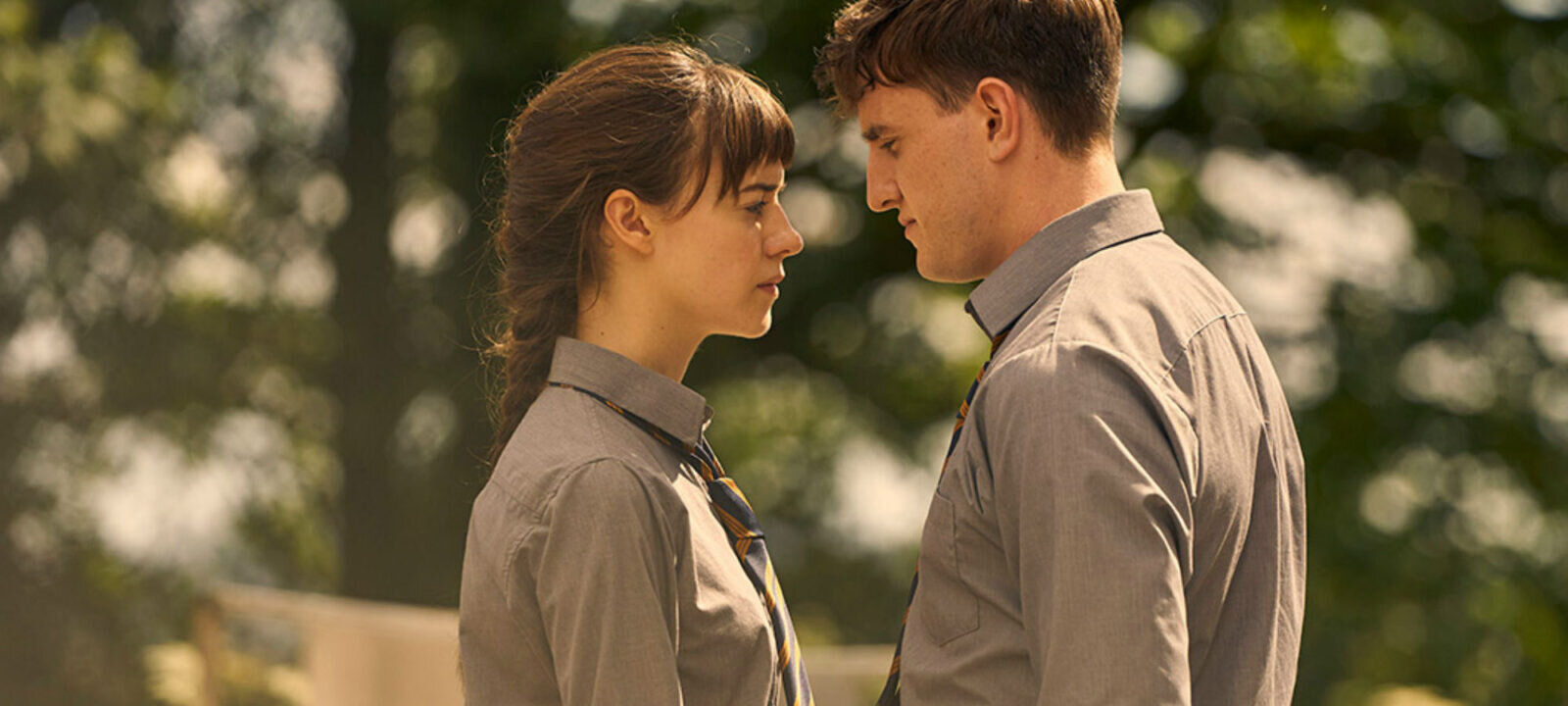

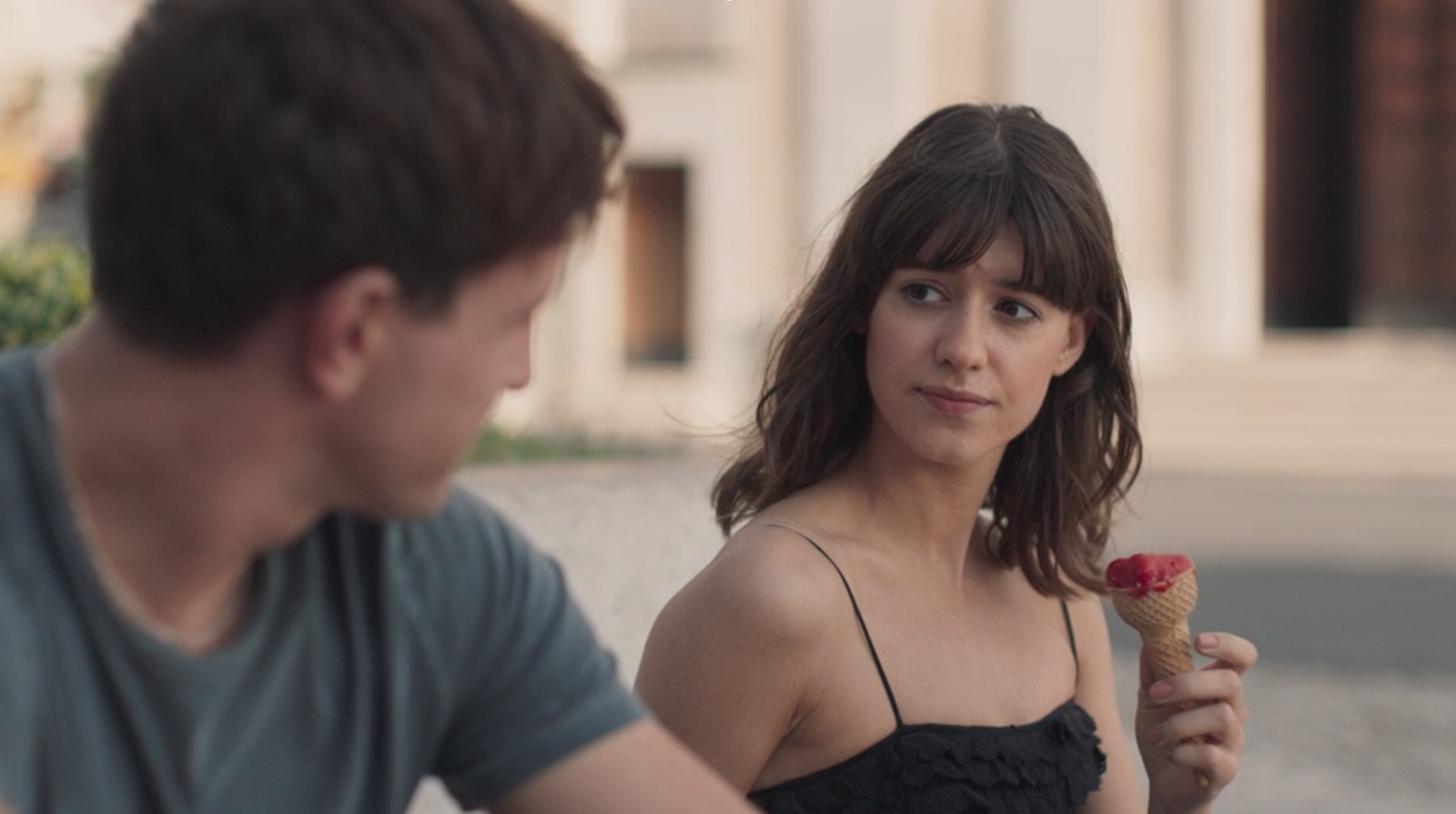
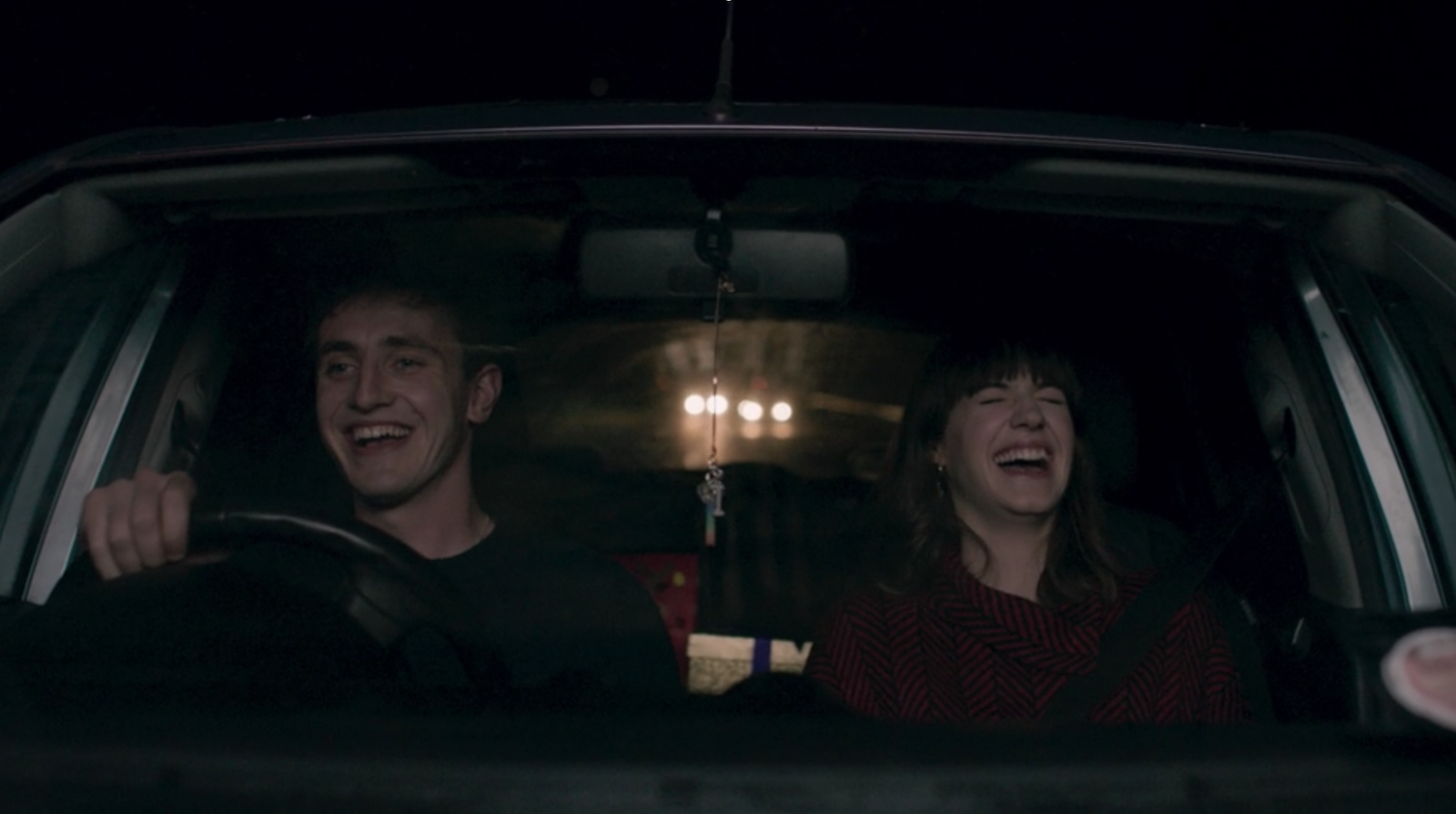

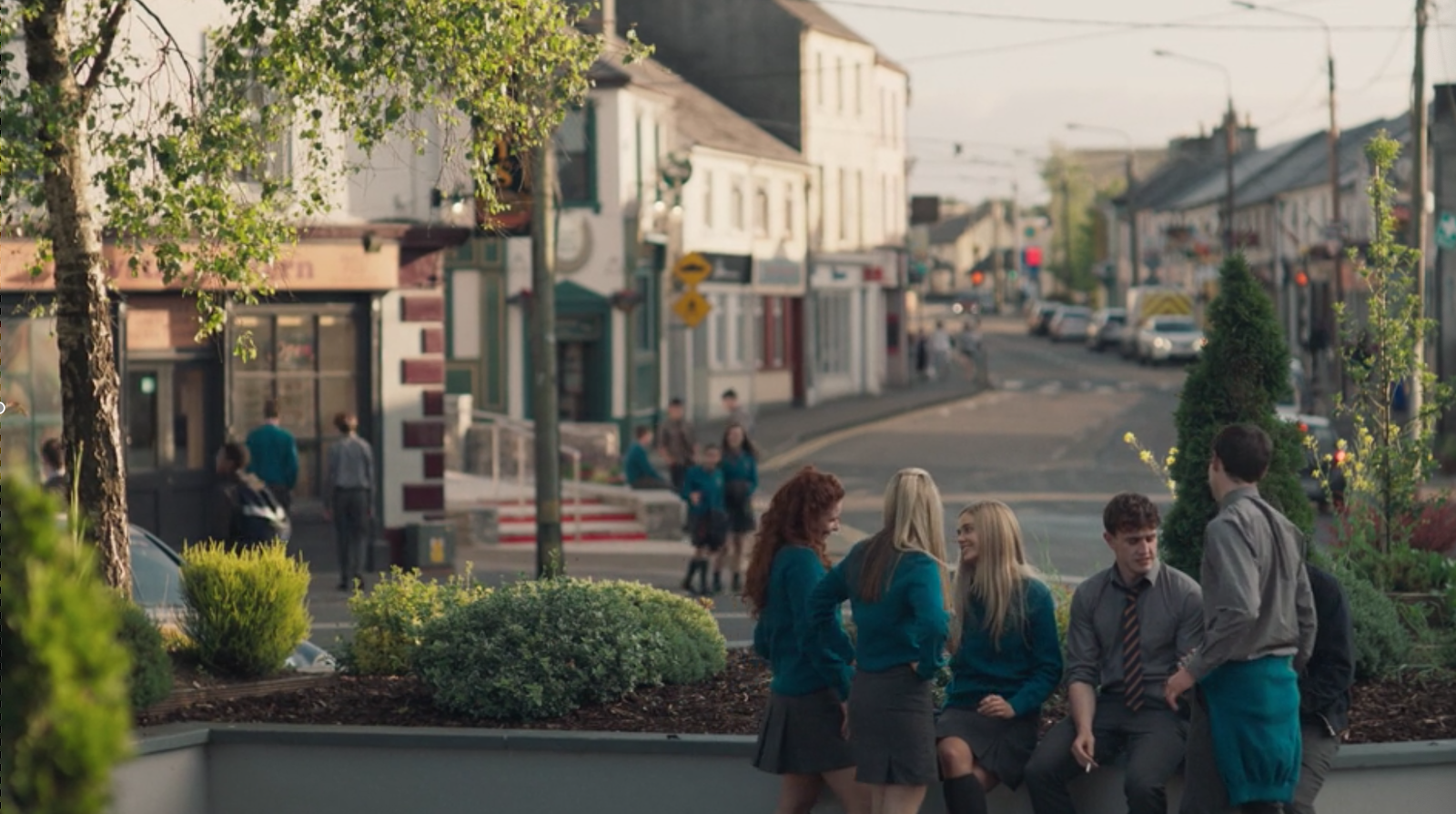

Youth, Nostalgia and Being Fully Alive
Now so long, Marianne
It's time that we began to laugh
And cry and cry and laugh about it all again
- So Long, Marianne, Leonard Cohen
I rewatched the series during Melbourne’s stage 4 lockdown in August, and found that it impacted me even more intensely than when I’d watched it in the first lockdown in April and May. I suspect this is because the second lockdown has been far more severe and restrictive, with a nightly curfew from 8pm-5am, movements confined to a 5km radius, daily exercise limited to 60 minutes or less, mandatory mask wearing outdoors, and all social and familial visits prohibited except for intimate partners. For the first time, Melburnians have been confronted with the true scale of the pandemic and its protracted nature. These measures wouldn’t be confined to what now seems like a novelty 6 weeks in autumn full of iso-baking, indoor fitness and Zoom calls. No, this would be our lives for the foreseeable future; always looking over our shoulder, and always at the mercy of the virus and future outbreaks.
While watching this stunningly intimate series from the confines of my room, alone and eating Uber-Eats (the handover with the delivery man being my only face-to-face human interaction for the day), I became conscious of how sharply my situation and circumstances contrasted with the lives and freedoms of Marianne, Connell and their contemporaries. I thought of all that the pandemic had taken from me and countless others around the world. I grieved for everything we’d lost and wouldn’t experience in the months and years to come, which was so innocently and joyfully displayed before me on my computer screen.
I envied the vitality of Marianne and Connell’s youth, the unbounded belief and possibilities of being in one’s early twenties, and the intimacy of friends and lovers. I missed thronging university campuses and lecture halls; house parties (not the app), clubs, and live music; dinner parties and conversations with friends over coffee and cigarettes on a balcony overlooking the city; hugs, first kisses and first loves; the freedom to just be outside - alive in nature and the city - without a reason or a permit.
Seeing their overseas holiday to Italy, I yearned for the gorgeous, sepia-toned panoramas of Tuscany and Marianne’s family’s 150 year old Italian villa (unbelievably available on Airbnb for $67 per night). I dreamt of long and languid days traveling overseas; cycling along dirt roads with golden tans and beaming smiles; enjoying a sorbet ice cream in a piazza with a lover or a friend talking about history and politics in the summer heat; journeying by train to Venice to spend a day admiring artwork, and getting lost in galleries, museums and churches, rather than experiencing all of these things on a virtual tour.
Watching them complete their final exams and begin university, I remembered with a sweet nostalgia the last years of high school, and the easy friendships and community it represented. I thought of those in their final years of school today, unable to enjoy coming of age rituals like ‘the Debs’, with their beautiful corsages, dresses and romantic intrigues. I thought of all the 18th and 21st birthday parties that would never happen, and the joy and liberation of Schoolies trips, gap years and university O-Weeks that many would never know, and the classroom friendships and memories which can never materialise in the atomised landscape of online and remote learning.
When confronted with the cataclysmic economic, social and public health circumstances we now find ourselves in, along with the extinguishment of all sense of futurity and agency, it’s natural to reflect on how we spent our time before the pandemic, with a view to re-evaluating our priorities once this crisis passes. Watching Normal People made me reflect on all the things I loved doing, as well as the things I didn’t do enough of or value sufficiently, and strengthened my resolve to live more boldly, intentionally and fully on the other side of the lockdowns and pandemic.
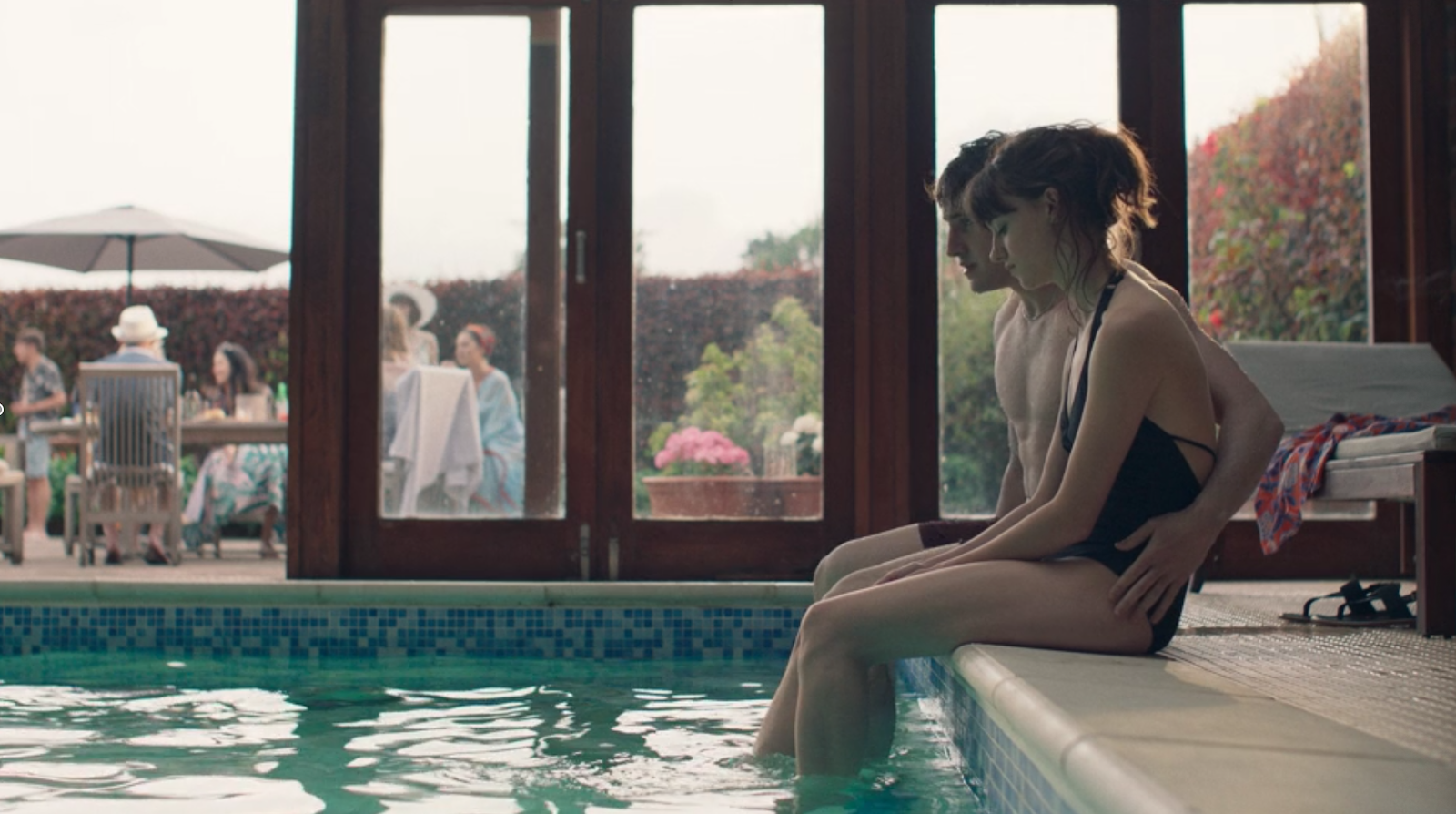
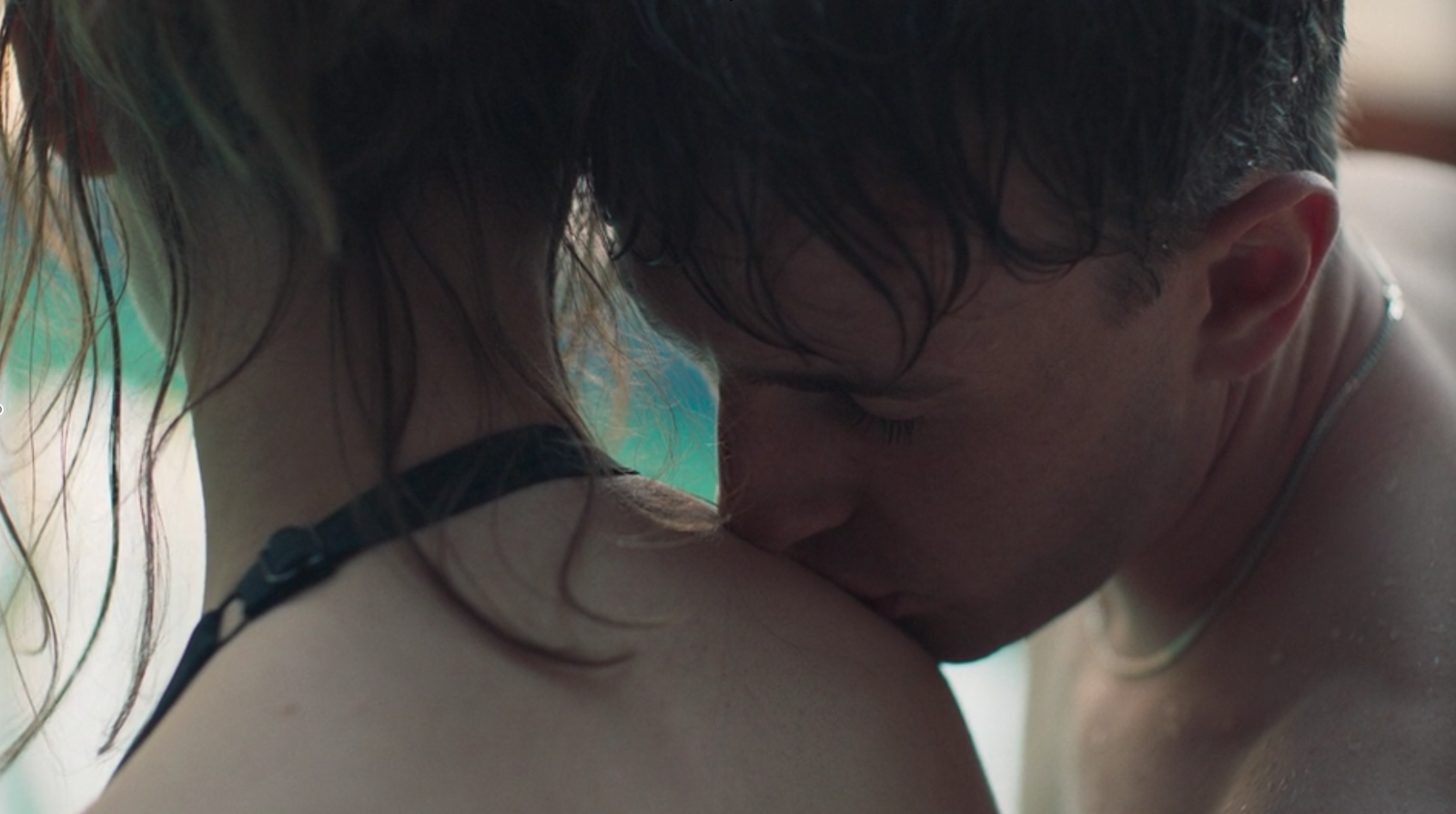
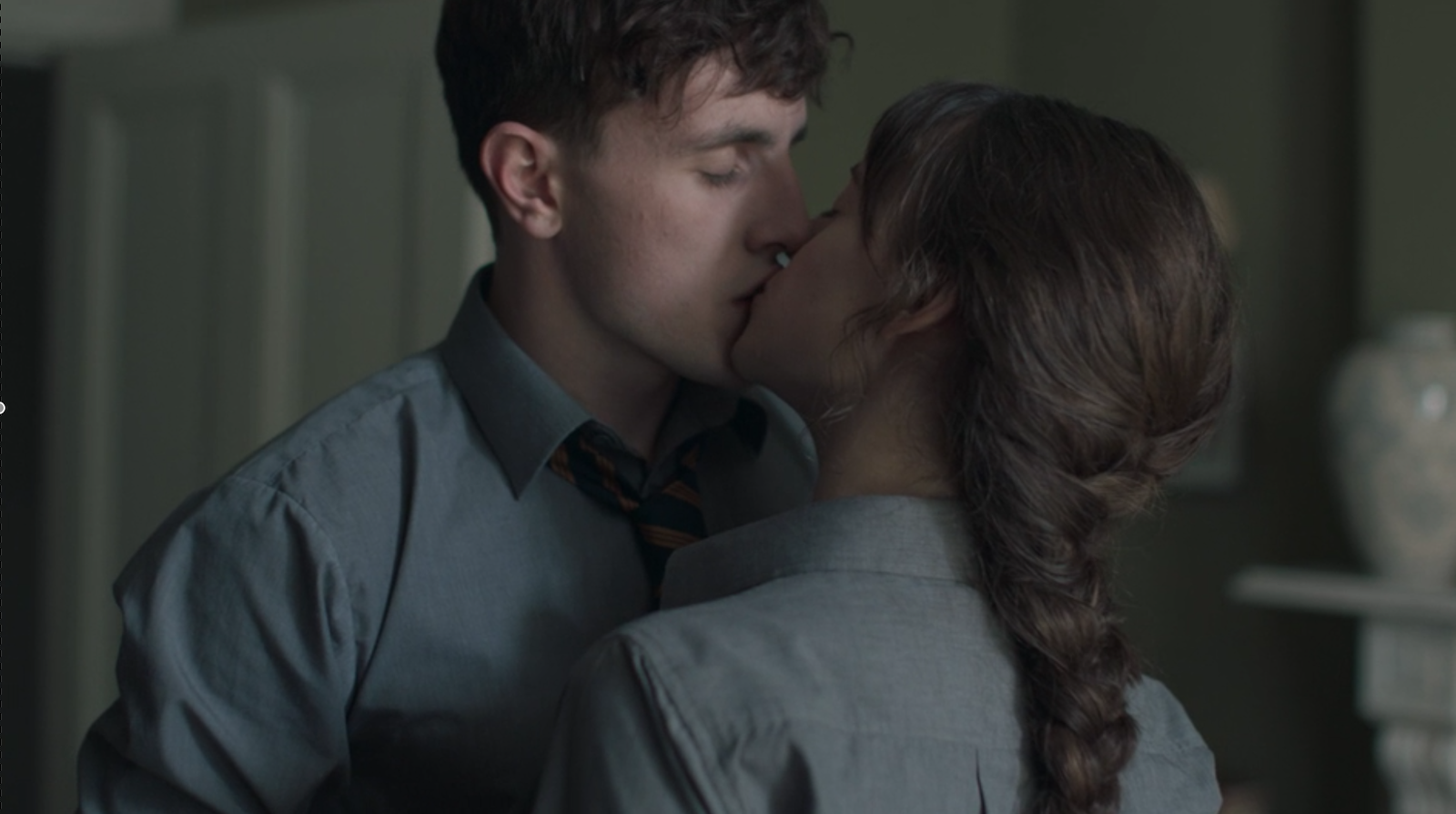
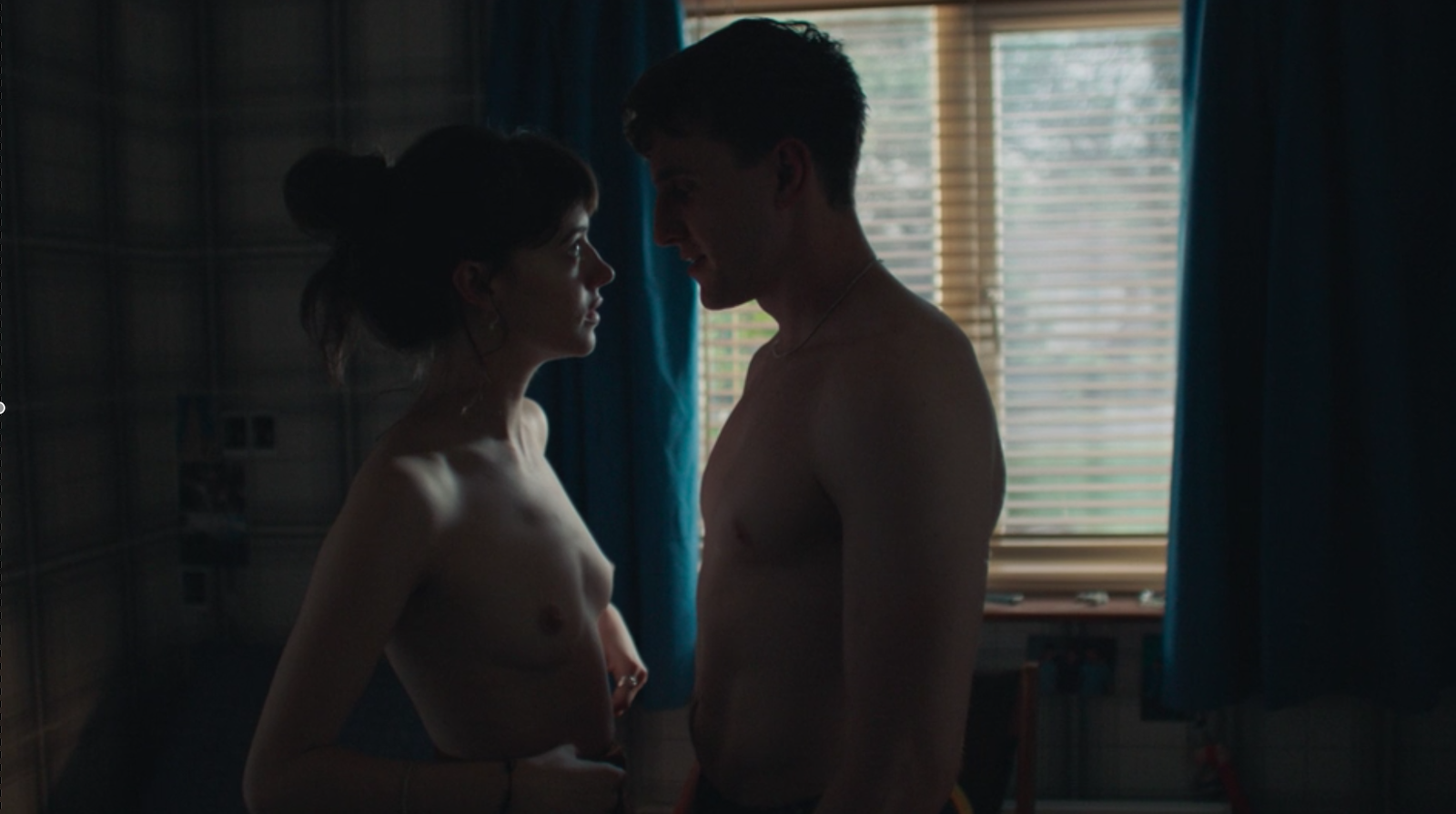
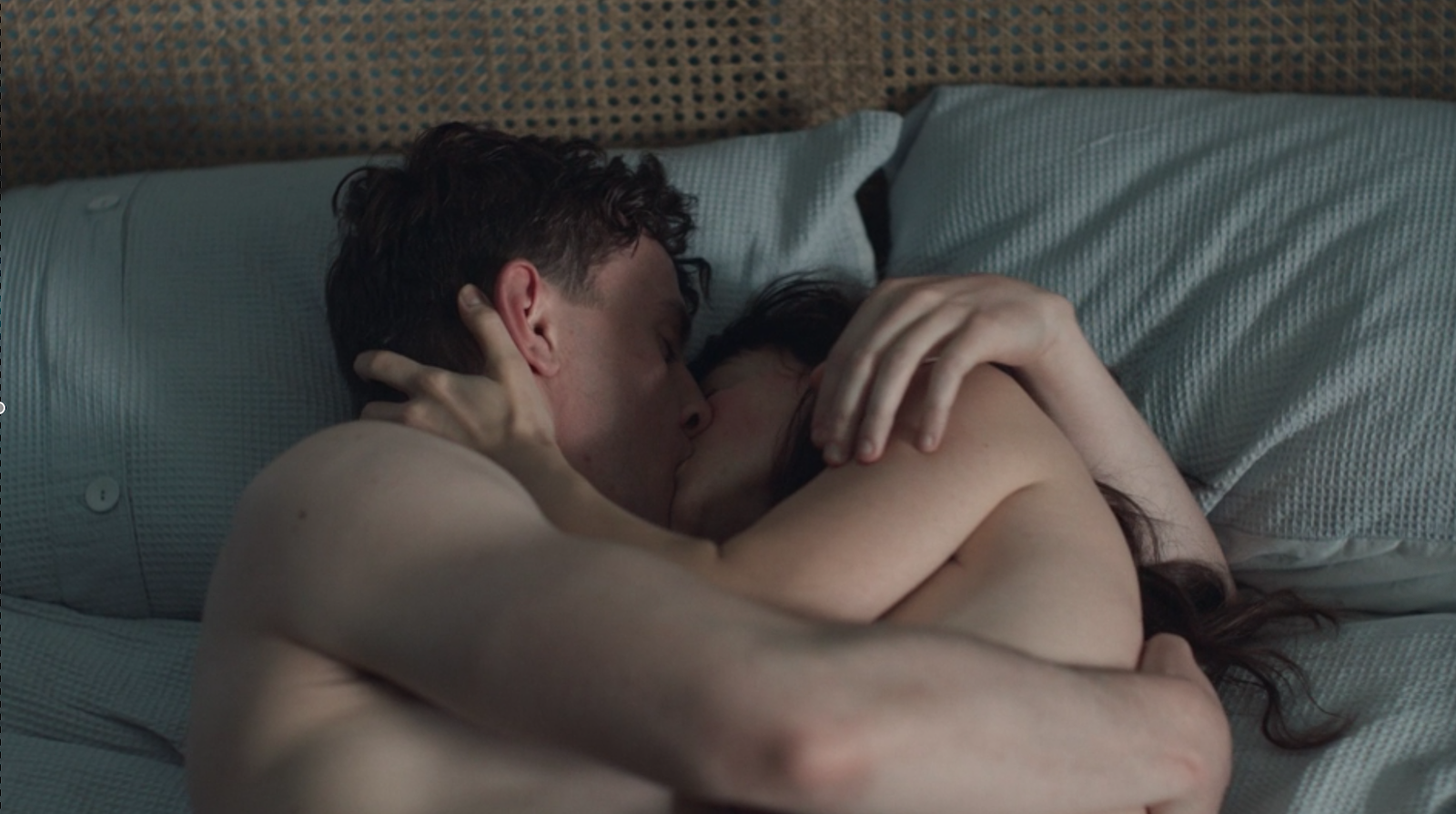


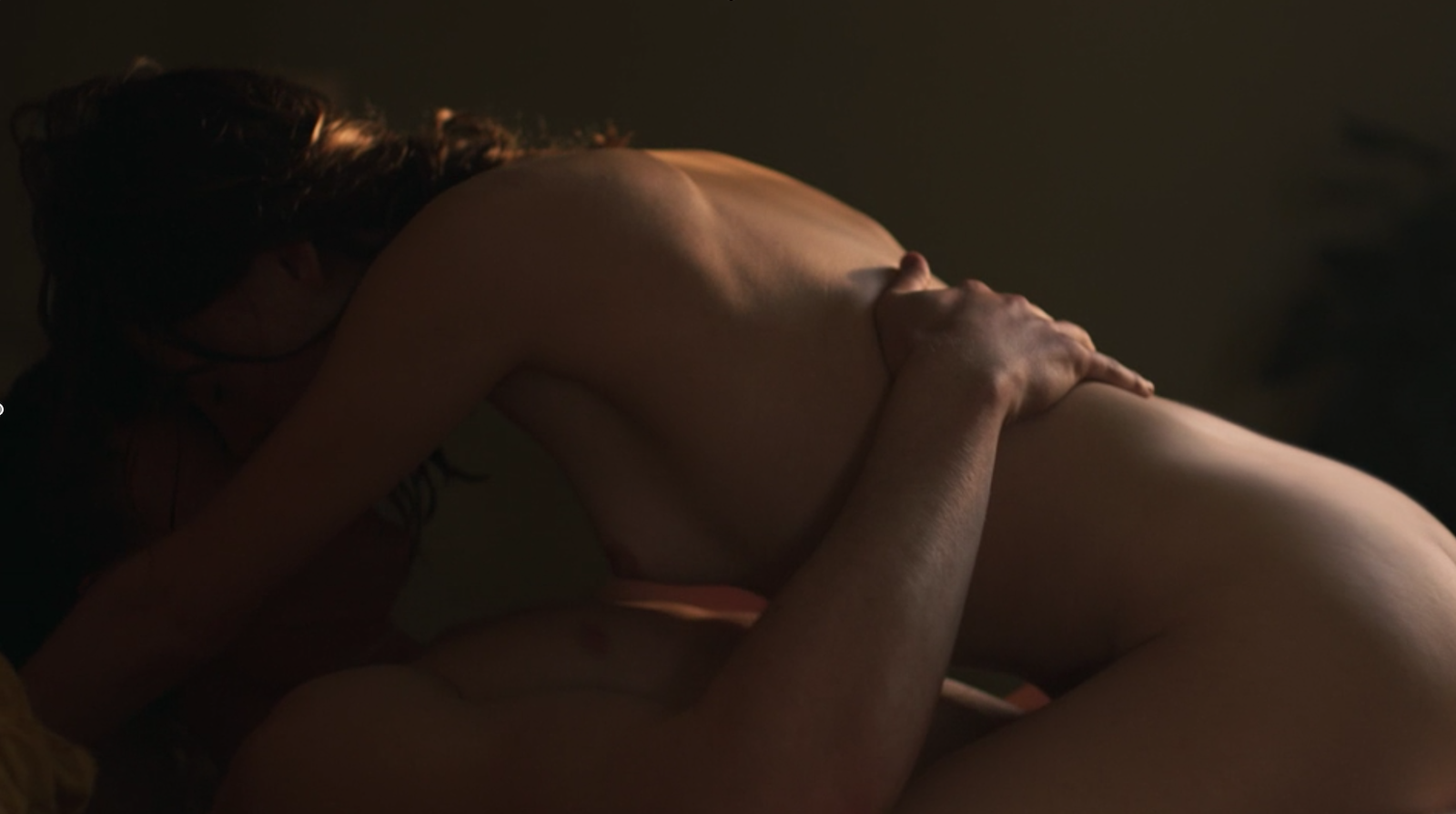
First Love, Intimacy and Romance
And this is the room
One afternoon I knew I could love you
And from above you how I sank into your soul
Into that secret place where no one dares to go
- The King of Carrot Flowers, Pt. One, Neutral Milk Hotel
Normal People features a lot of sex. 12 sex scenes in total, to be precise. Shortly after it aired in late April, reviews and listicles started appearing across publications like Body and Soul and Vulture, ranking the scenes in order of steaminess and various other metrics. The best commentary about representations of sex and intimacy in the TV series has focused on how authentic, healthy and anti-pornographic the portrayals are.
From the first time Marianne and Connell make love in episode two, their intimacy is defined by mutual respect, consent and pleasure. As they kiss and explore each other’s naked bodies for the first time, Connell seeks affirmative consent from Marianne by asking “is that what you want?” and “is this your first time?”, before stating “if you want to stop or anything, obviously stop… if it hurts or anything, we can stop. It won’t be awkward, you just say”. Notions of positive masculinity and affirmative consent have increasingly been a feature of university and institutional education in the past decade and a half, and it is refreshing to see this positive behaviour modelled so maturely in a globally popular and culturally influential series.
Marianne and Connell’s sex scenes evoke an authentic intimacy and intense sensuality between young lovers which has rarely been done so well on screen. It’s all so thoroughly normal and human: flushed cheeks; messy, sweaty hair; deep and passionate kisses while breathing and drinking each other in; and full, tender embraces in bed. What’s really wholesome and endearing is the way the series gives time and space to the couple’s gentle conversations after they’ve made love. In these moments, we see them bask in each other’s presence, giggling and smiling with their eyes, gently playing with each other’s hair, and comfortably draped over each other’s bodies like decadent figures in Renaissance art.
The series beautifully captures the pure intensity and excitement of first love and romance, and how it evolves and matures physically each time they get back together throughout the years. It’s incredibly special and profound, and fills you with a wistful nostalgia for your younger self. There’s a Japanese concept called mono no aware (物の哀れ, もののあはれ), which means “the pathos of things” or “empathy towards things”. It’s that feeling - mostly nice but occasionally overwhelming - of being deeply aware of something beautiful and transient, which evokes a certain sadness about the impermanence of life. That’s certainly what I feel when I see Marianne and Connell in the exhilaration of their teenage romance, while I’m mired in the solitude of Melbourne’s second lockdown.
At the end of episode 12, just as everything is their lives seems to be in a state of harmonious equilibrium, Connell receives an offer to study an MFA at a university in New York. As they tearily discuss their respective futures (and future together), it becomes increasingly clear that Connell will go to New York to pursue his writing dreams at Marianne’s encouragement. Through tears, Connell says “you know I love you, and I’m never gonna feel the same way for anyone else… I’ll go.” Marianne replies, “I know… I’ll stay, and we’ll be okay”. It’s a perfect example of real love, which is selfless and concerned with the well-being and growth of the other. It’s instructive to revisit the text to understand more about their final exchange:
That’s ridiculous, he says. I’m not going to New York without you. I wouldn’t even be here if it wasn’t for you. It’s true, she thinks, he wouldn’t be. He would be somewhere else entirely, living a different kind of life. He would be different with women even, and his aspirations for love would be different. And Marianne herself, she would be another person completely. Would she ever have been happy? And what kind of happiness might it have been? All these years they’ve been like two little plants sharing the same plot of soil, growing around one another, contorting to make room, taking certain unlikely positions. But in the end she has done something for him, she’s made a new life possible, and she can always feel good about that…
… what they have now they can never have back again. But for her the pain of loneliness will be nothing to the pain that she used to feel, of being unworthy. He brought her goodness like a gift and now it belongs to her. Meanwhile his life opens out before him in all directions at once. They’ve done a lot of good for each other. Really, she thinks. Really. People can really change one another. You should go, she says. I’ll always be here. You know that.
When I think about Marianne and Connell’s relationship and the indelible imprints they leave on each other’s lives, the notion of a palimpsest comes to mind. A palimpsest is a piece of writing or manuscript on which subsequent writings have been superimposed, with the old text often rubbed out or effaced. The metaphor is that our first and most intense loves never really leave us, and we carry them with us throughout our lives, imprinted forever on our hearts and memories, recalling how irrevocably each changed the other. The metaphor of a palimpsest also illuminates the opening quote of Rooney’s novel:
It is one of the secrets in that change of mental poise which has been fitly named conversion, that to many among us neither heaven nor earth has any revelation till some personality touches theirs with a particular influence, subduing them into receptiveness
- George Eliot, Daniel Deronda
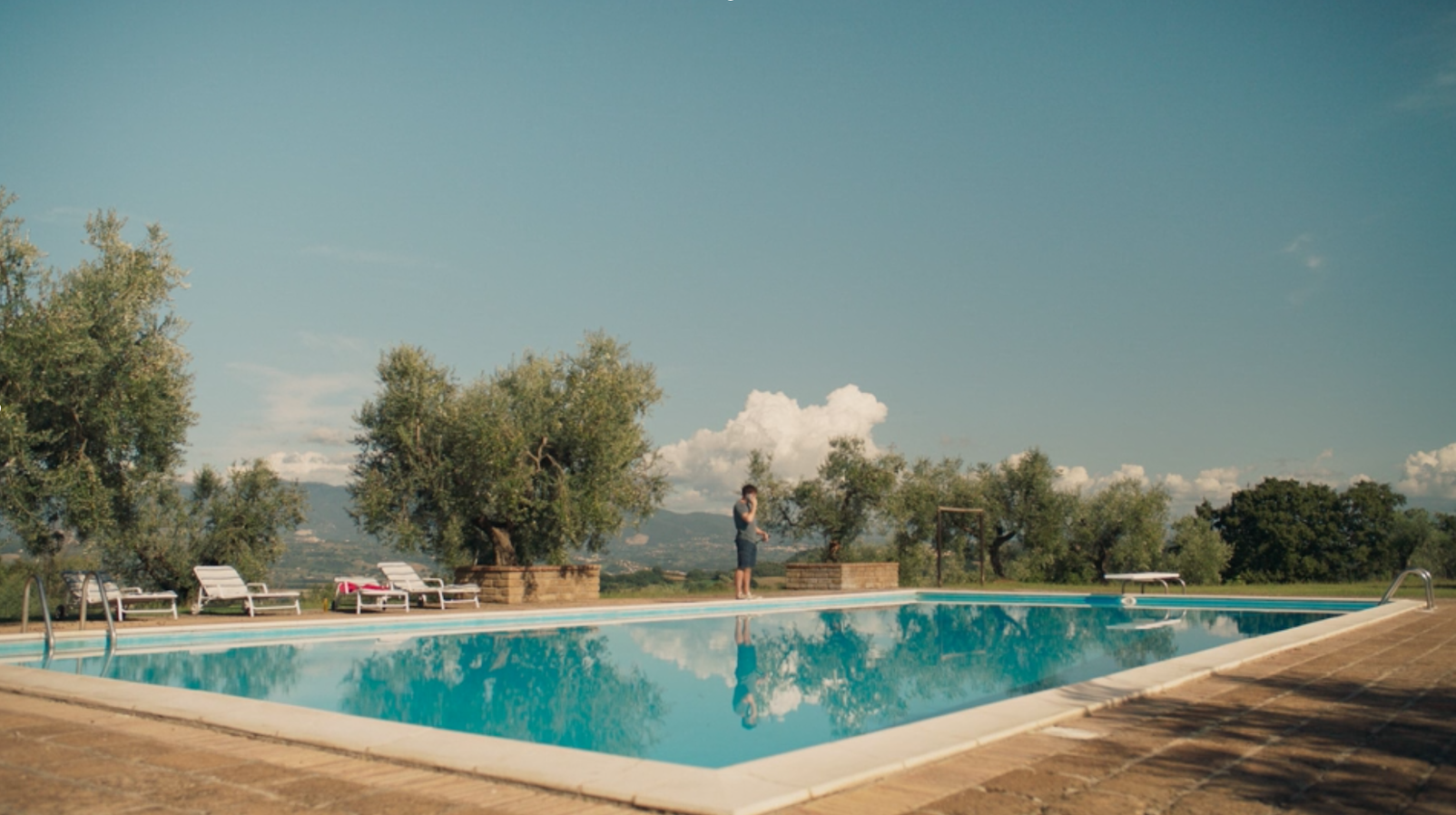
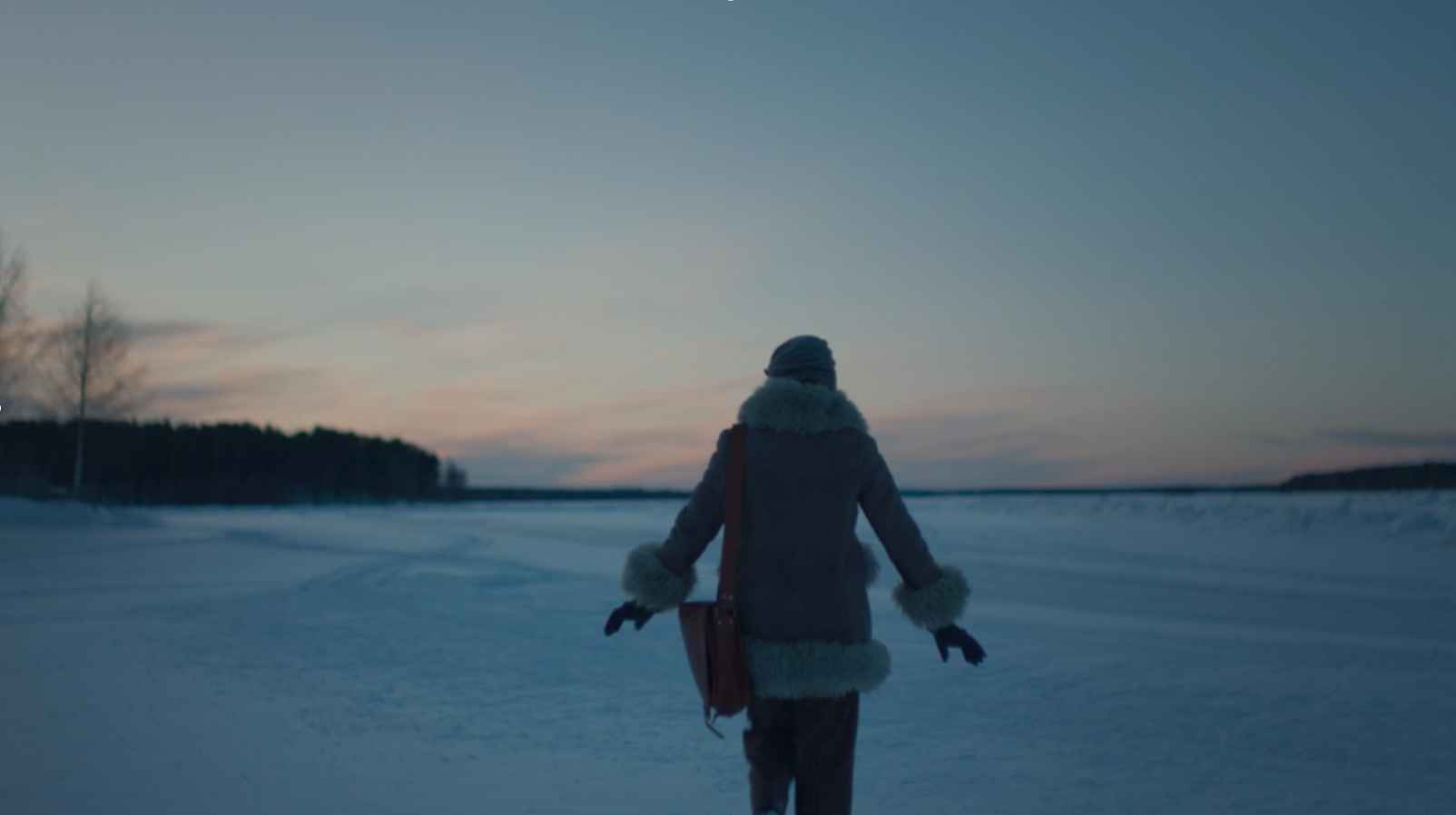
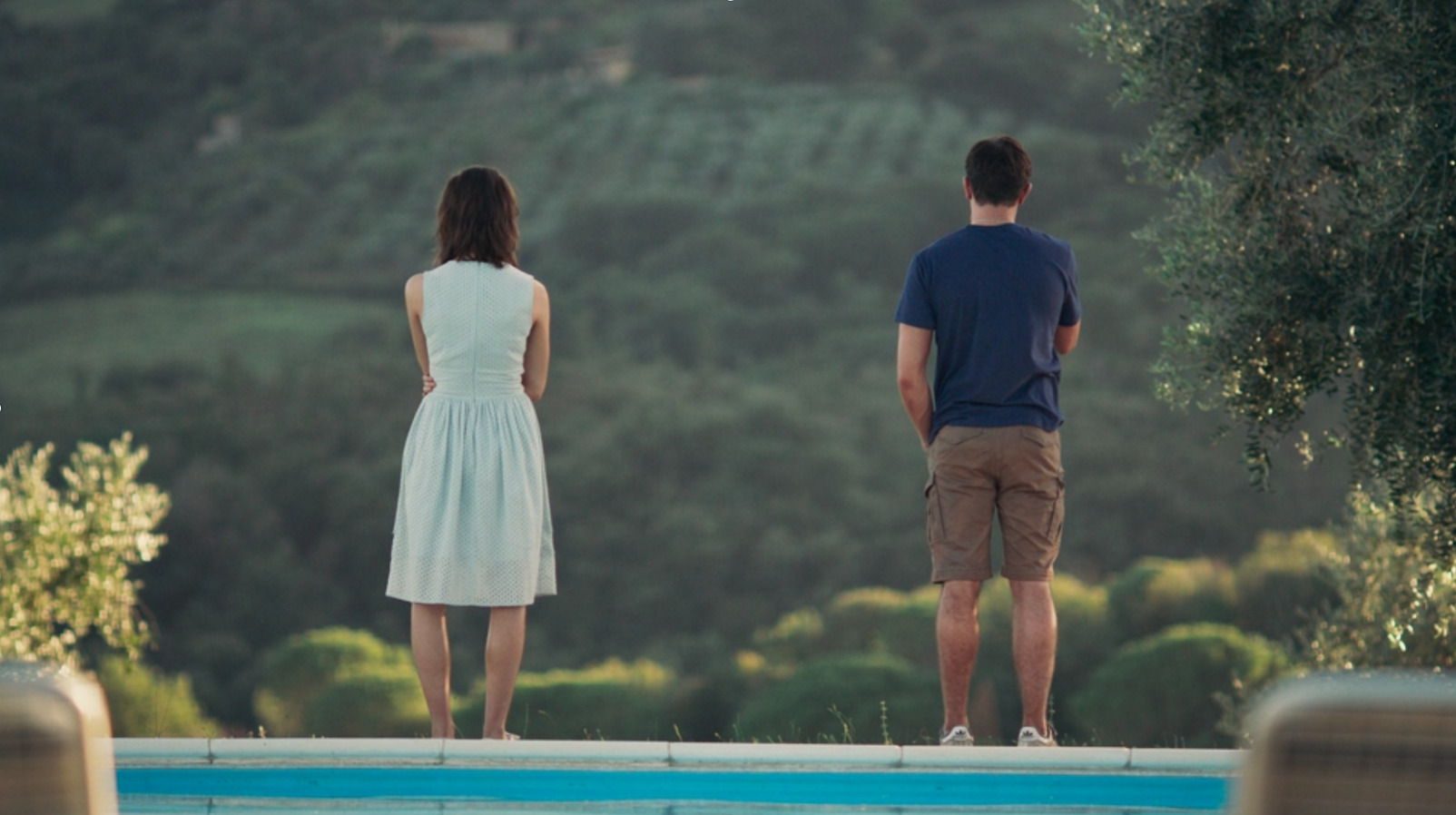
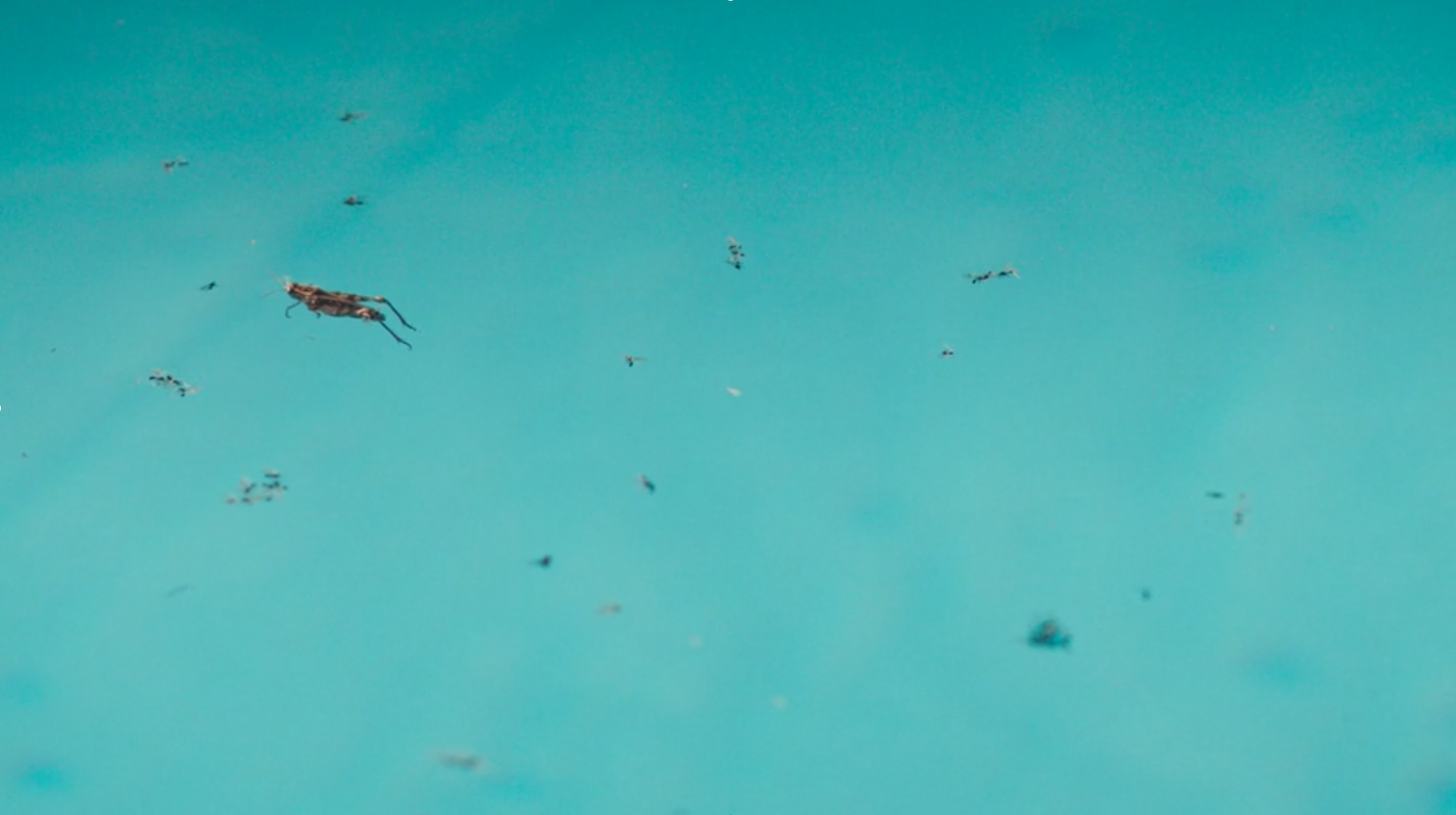
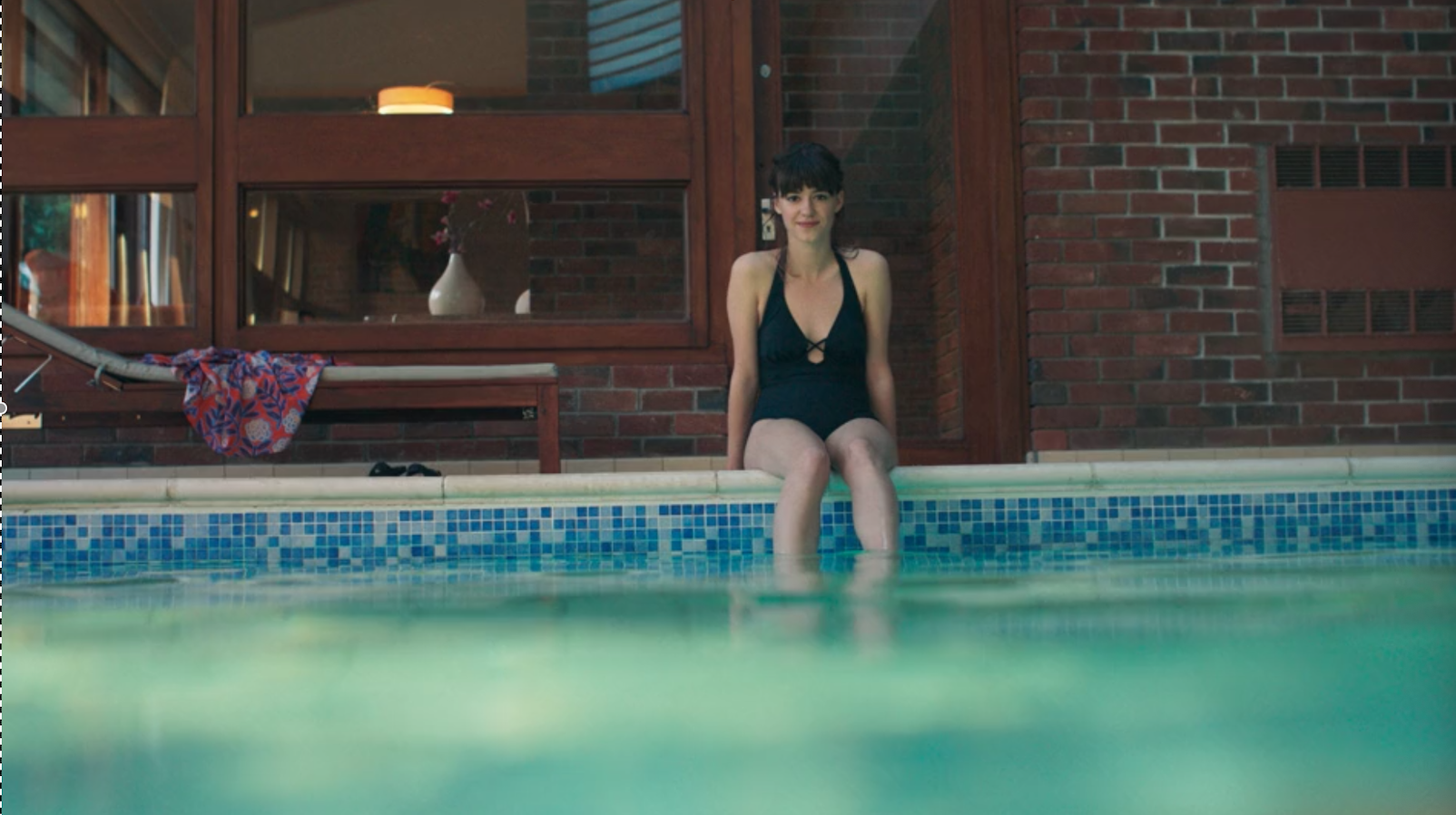
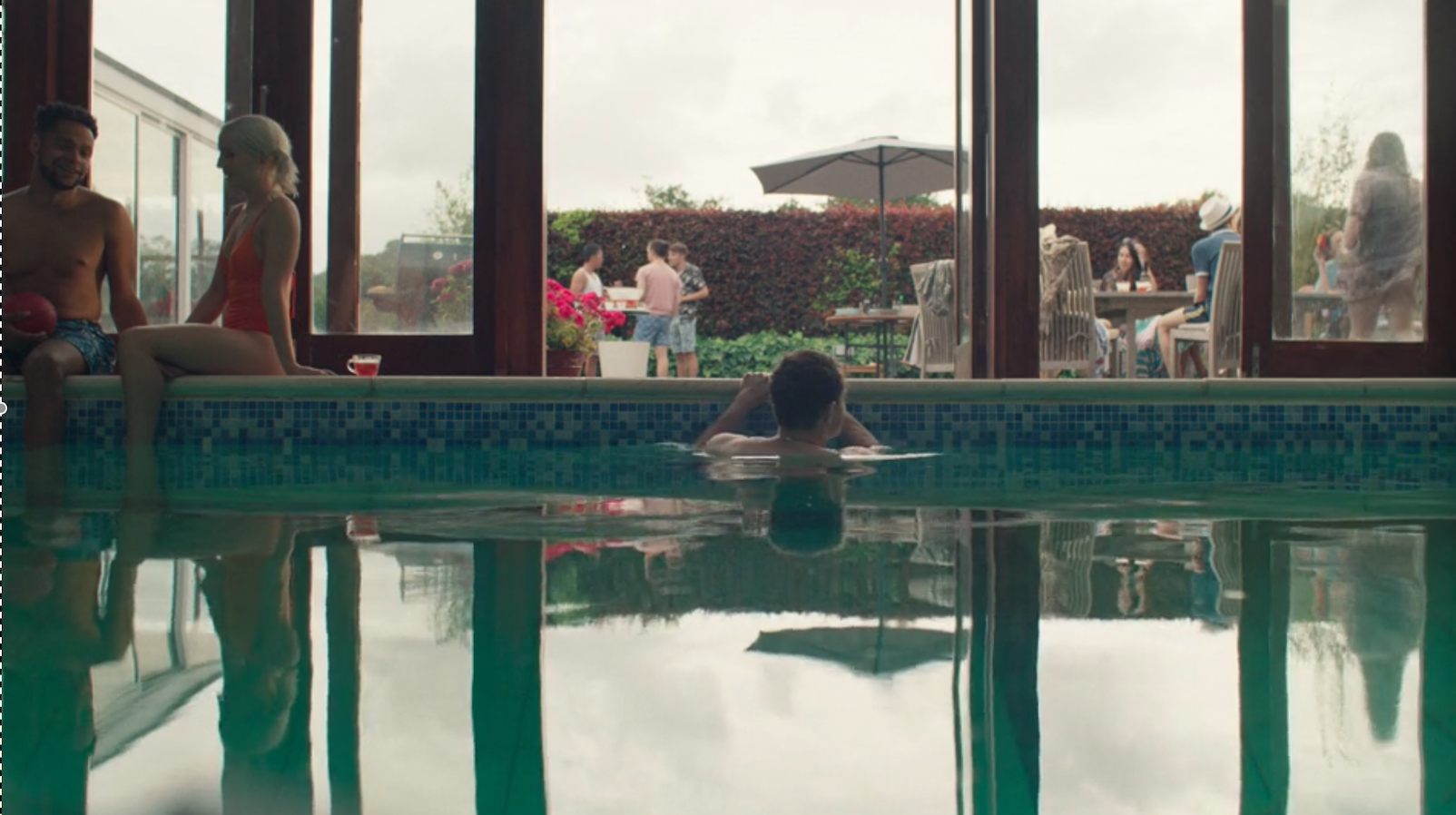



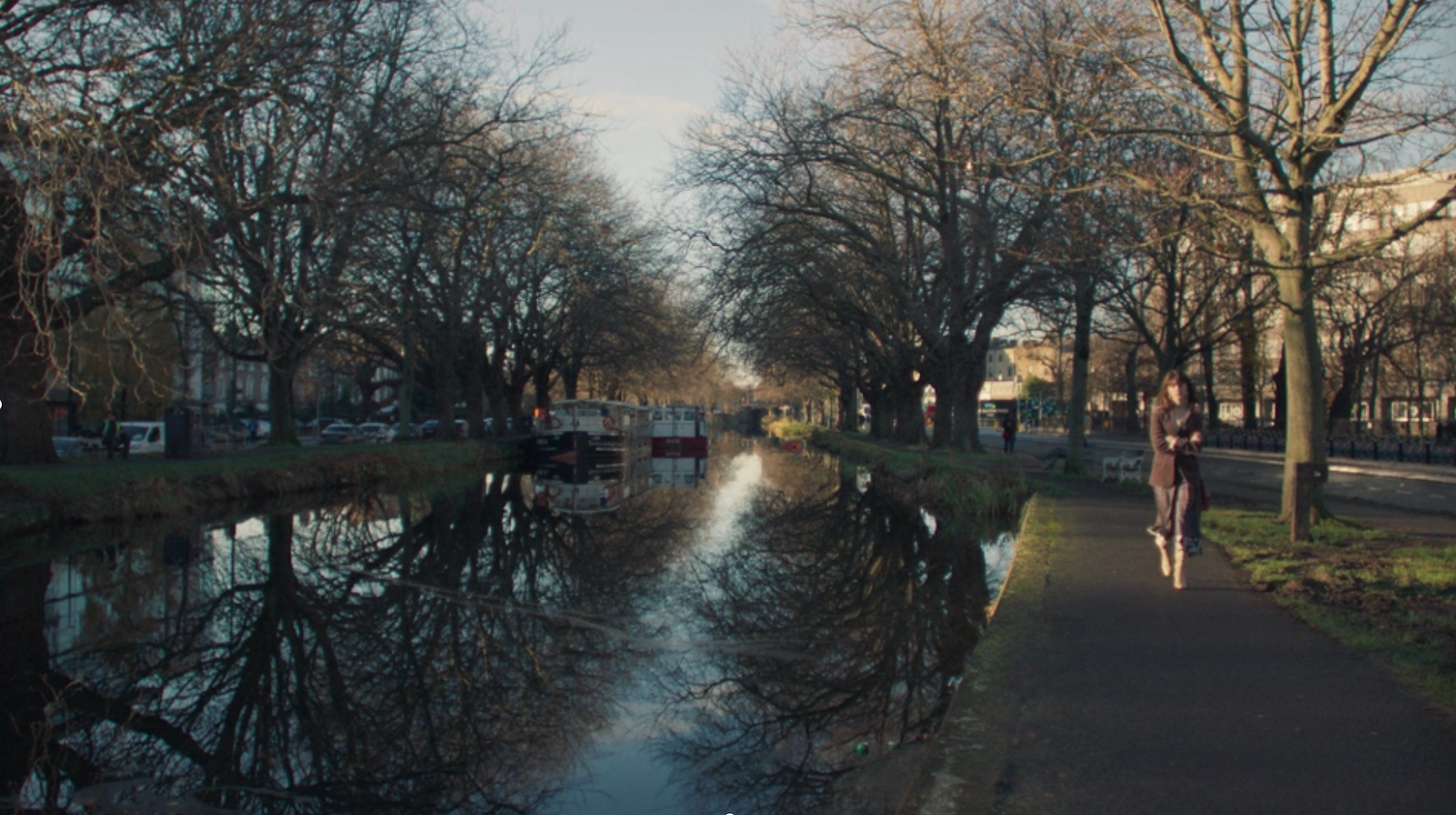
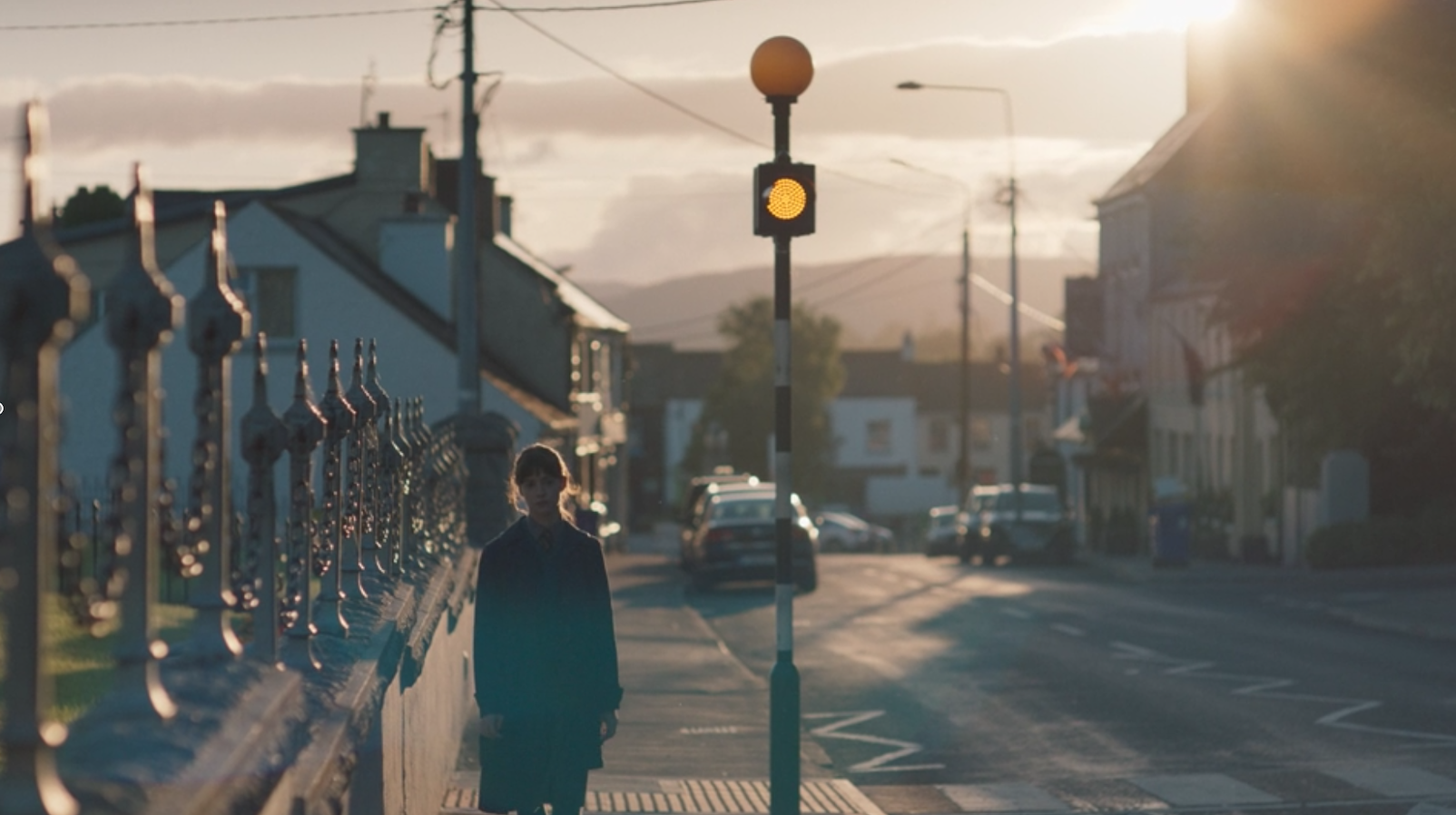
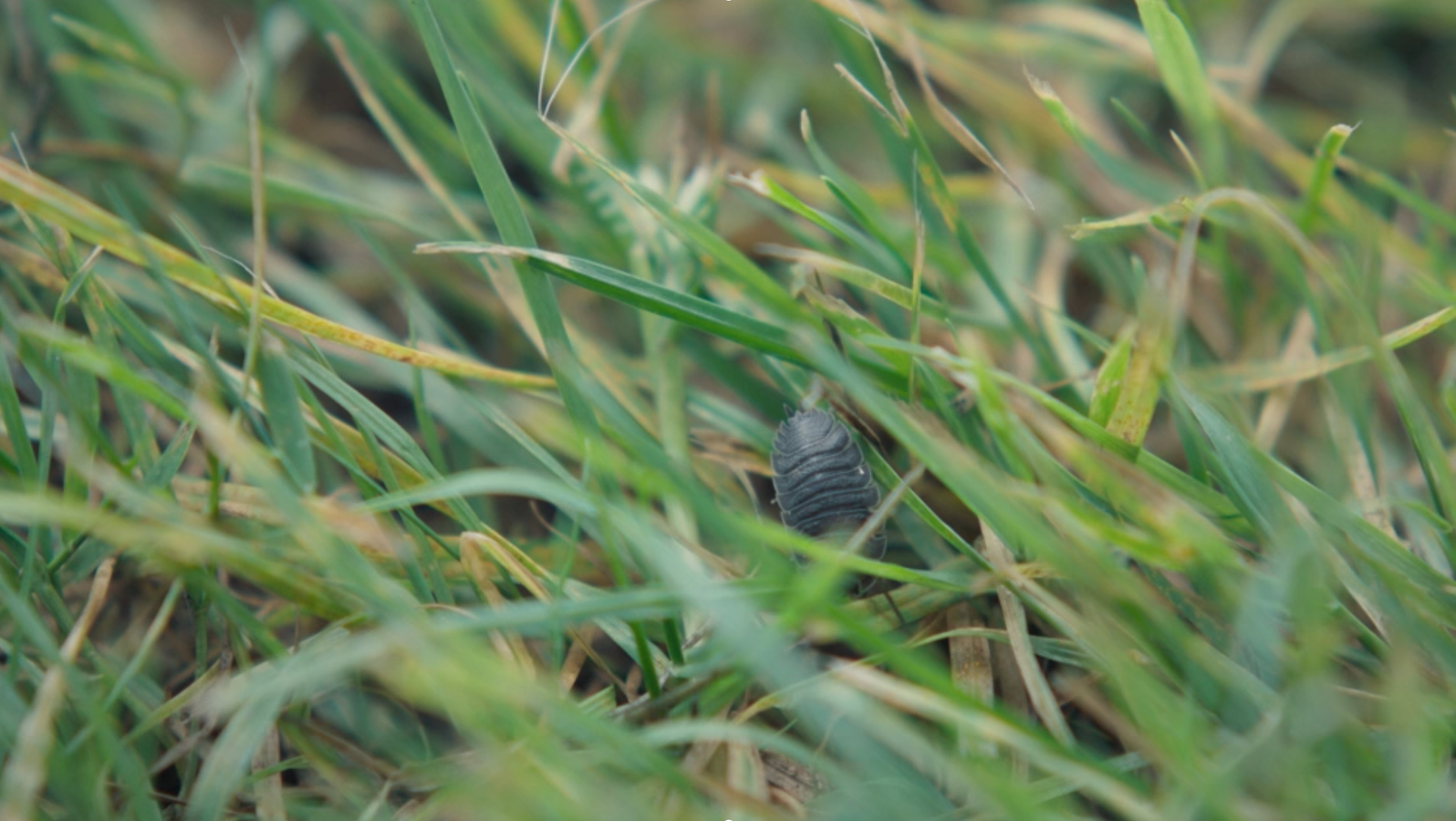

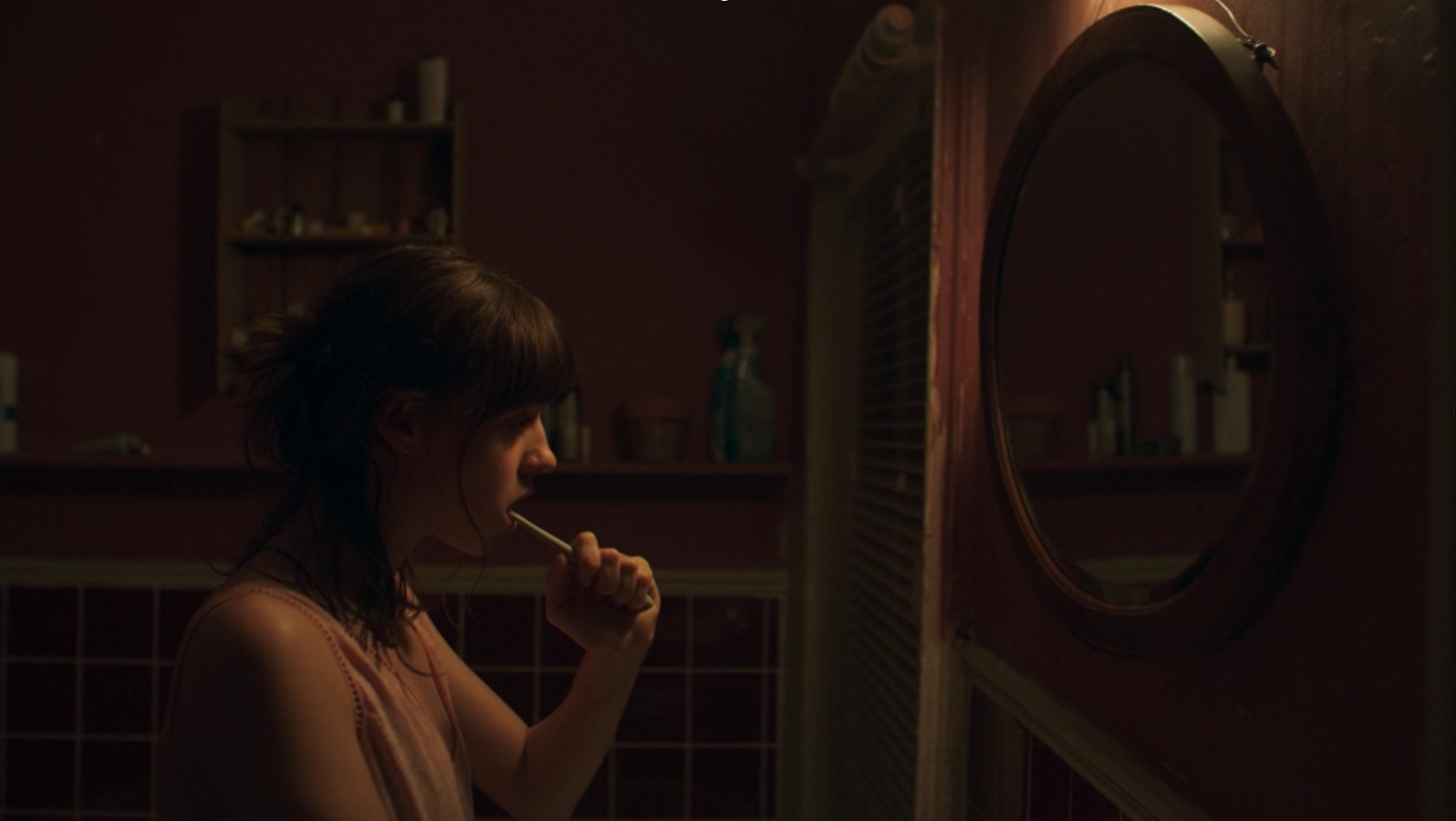
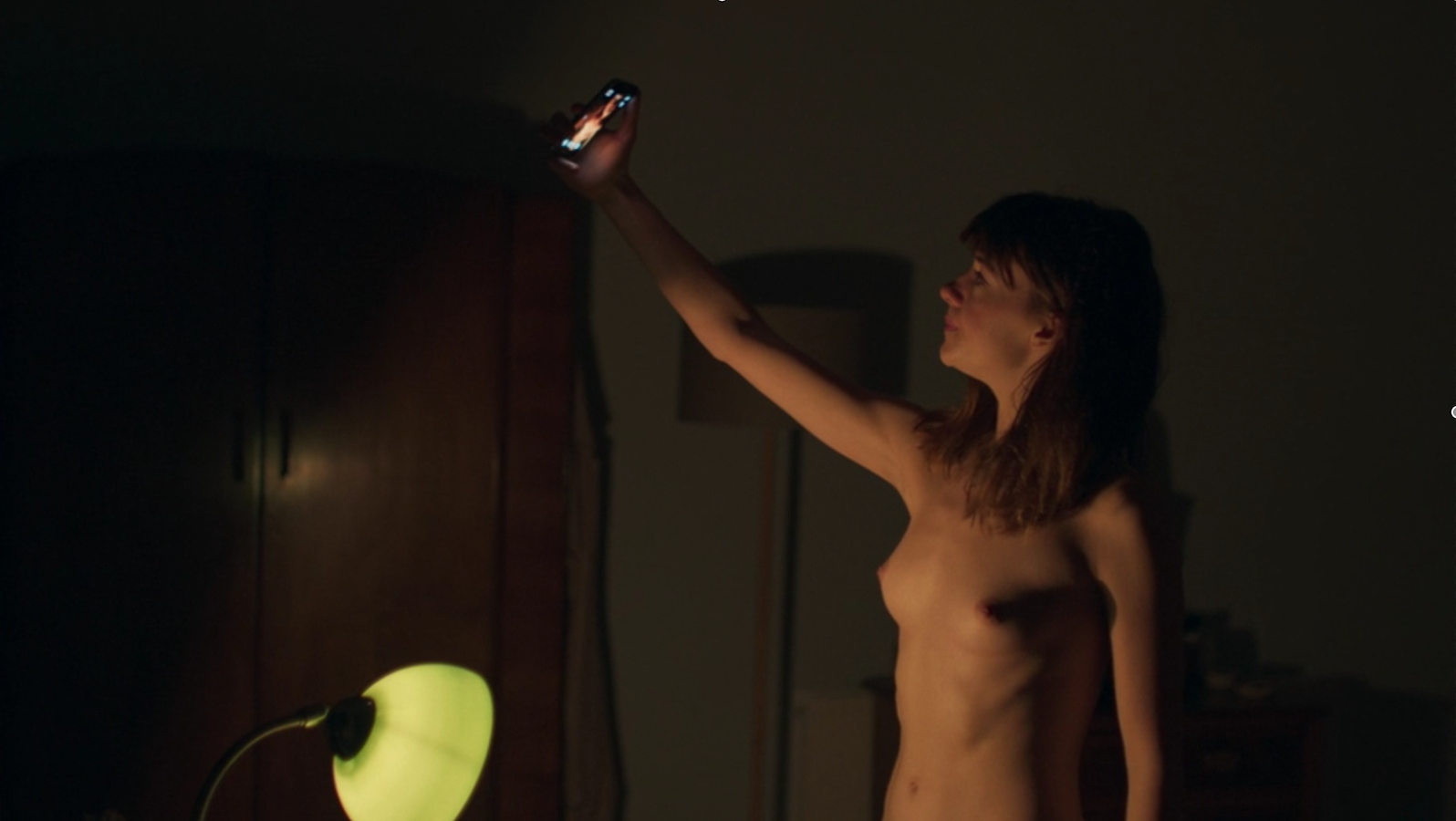
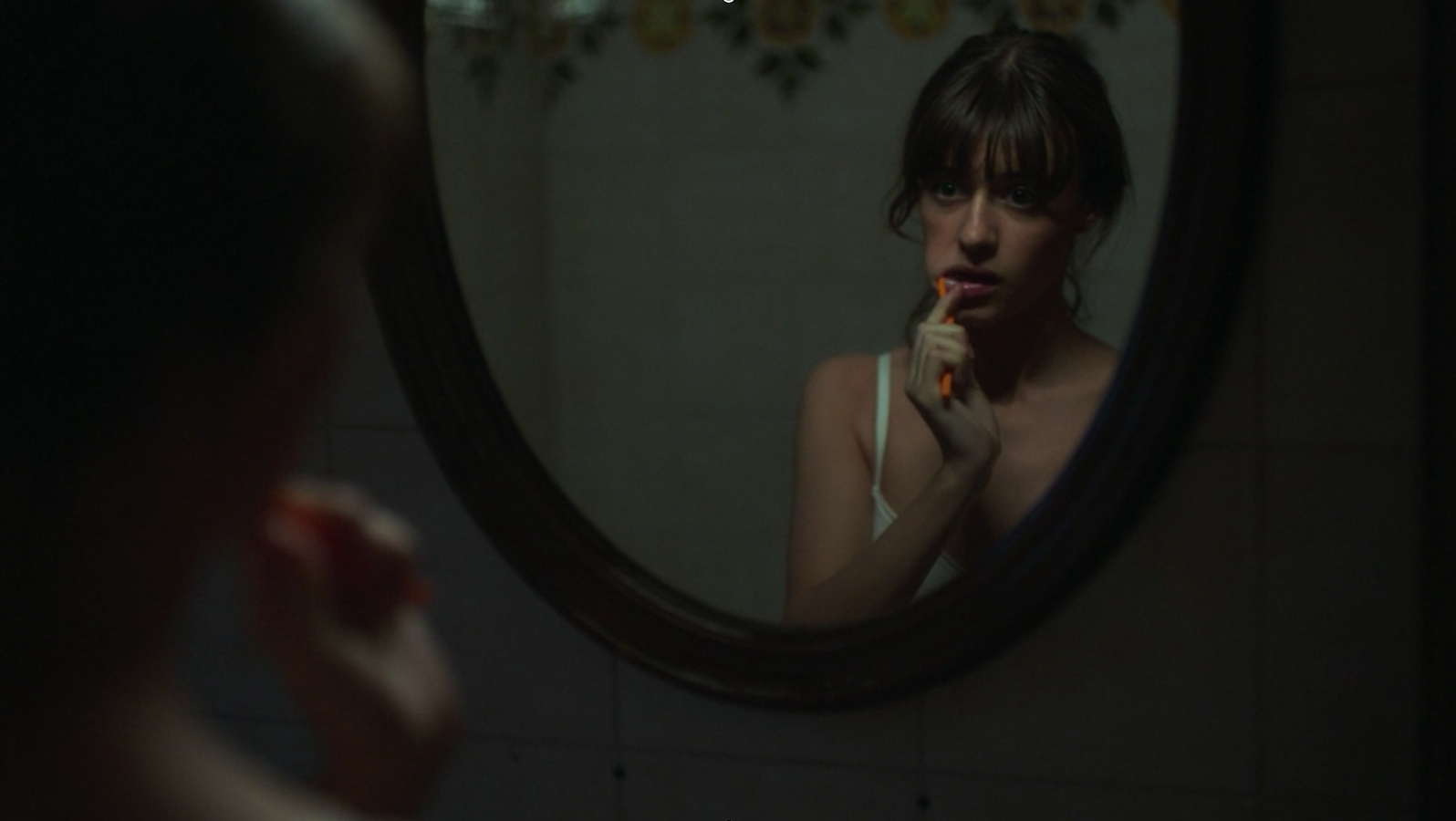

Aesthetics and Cinematography
It's like I'm falling out of bed
From a long and vivid dream
- Separator, Radiohead
One of the ways the pace of the series is slowed down and allowed to breathe is through the use of “pillow moments”. When reflecting on the power of Isao Takahata’s acclaimed animated film Grave of the Fireflies, the legendary film critic Roger Ebert argued that the film derived a lot of stylistic inspiration from Japanese poetry’s use of “pillow words” known as Makurakotoba (枕詞). These epithetical words form a kind of break or musical beat within the overarching narrative of the poem, slowing the reader down.
Ebert went on to note that the great Japanese film director Yasujiro Ozu adapted this poetical technique to film by developing “pillow shots” or pause moments, where the main scene cuts away and focus on something disconnected from the main narrative for a few seconds - i.e. a close up of a character’s hands washing dishes, abstract stills of powerlines and street signs, or someone peeling a potato. The overall effect of a scene absent of motivation is to punctuate the film with a calm pensiveness, creating a slower and more comprehensible narrative pacing, as well as standalone aesthetic moments of silence and contemplation. Directors Hettie Macdonald and Lenny Abrahamson achieve a similar stylistic effect in Normal People. Flicking through the shots above, you may recall the image lingering on the dead bugs in the pool at the Italian villa, or Marianne absently contemplating the slater climbing through blades of grass in the summer heat, or picturesque landscape shots of country roads and fields.
The series is beautifully framed, thanks to the artful cinematography of Suzie Lavelle and Kate McCullogh. One is left with a sense of the natural beauty of the Celtic landscape, and the poetry and history of its urbanity. The symmetry is exquisite throughout the series, and recalls director Wes Anderson’s love of centredness. The images below give some sense of this, and how balance is maintained across landscape shots as well as in personal portraits. The scenery of the outdoor stills is often rendered with a beautiful, soft watercolour look. There’s also a hint of the sfumato painting technique, where tones and colours blend into one another, creating a hazy or dreamlike effect which supports the nostalgic feel of the series. Perhaps the most important thing to note about the cinematography in Normal People is how it’s designed to induct you into the lives of Marianne and Connell. By frequently shooting the camera angle from their perspectives, it’s easy to begin to feel part of their story and conversations, and as a witness to the most intimate moments of their relationship, which are unseen by anyone else.
Light and shadow are also used deftly throughout, often to match the emotional states of Marianne and Connell. When things are going well, Marianne and Connell are glowing and bathed in warm sunlight. In moments of despair, depression or uncertainty, they’re cloaked in shadows and darkness.
Mirrors appear throughout the series and frequently in Sally Rooney’s writing. In sweeping landscape shots, both individuals and backgrounds are reflected in water, be it a canal or a swimming pool. Often, at the opening of an episode, Marianne is in front of a personal mirror at home, brushing her teeth, getting dressed and doing make up, or affectionately applying moisturiser together with Connell and getting ready for bed. Movingly, when Marianne takes a nude selfie (a modern kind of mirror), she does so blinking through tears, likely from the stated lack of self worth she feels, but also perhaps at the strange hollowness of participating in this unfamiliar form of digital romance.
It’s instructive to note how often references to mirrors feature in Rooney’s work, such as these examples from her debut novel Conversations with Friends:
I gazed at myself in the mirror. Inside Nick’s coat my body looked very slim and pale, a white wax candle. He came back into the room and laughed at me in a good-natured way. He always dressed to go to the bathroom in case Bobbi came home unexpectedly. Our eyes met in the mirror.
and
When Bobbi talked about me it felt like seeing myself in a mirror for the first time. I also looked in actual mirrors more often. I started taking a close interest in my face and body, which I’d never done before. I asked Bobbi questions like: do I have long legs? Or short?
It’s interesting to think about the overall significance of the repeated use of mirrors as a literary and cinematic technique. Without drifting too much into literary criticism or analysis, lots has been written about the way in which Rooney holds “a mirror” up to the millennial generation. I think it has more to do with Rooney’s concern with self-perception and examination, as the above quotes suggest. It also captures the romantic sense of recognising your self in your lover, and vice versa. This feeling of complementarity and authentic belonging is something that pervades Normal People - i.e. the search to “find your other half”.
To illustrate this concept, it’s useful to think about a literary device called chiasmus in which words or grammatical concepts are repeated symmetrically in the reverse order (i.e. ABBA). A beautiful and relevant example of chiasmus is from the Song of Solomon (6:3), which I think of in relation to Marianne and Connell as lovers, and the idea of love as being a mirror or reflection of soul mates:
I am my lover’s, and my lover is mine.
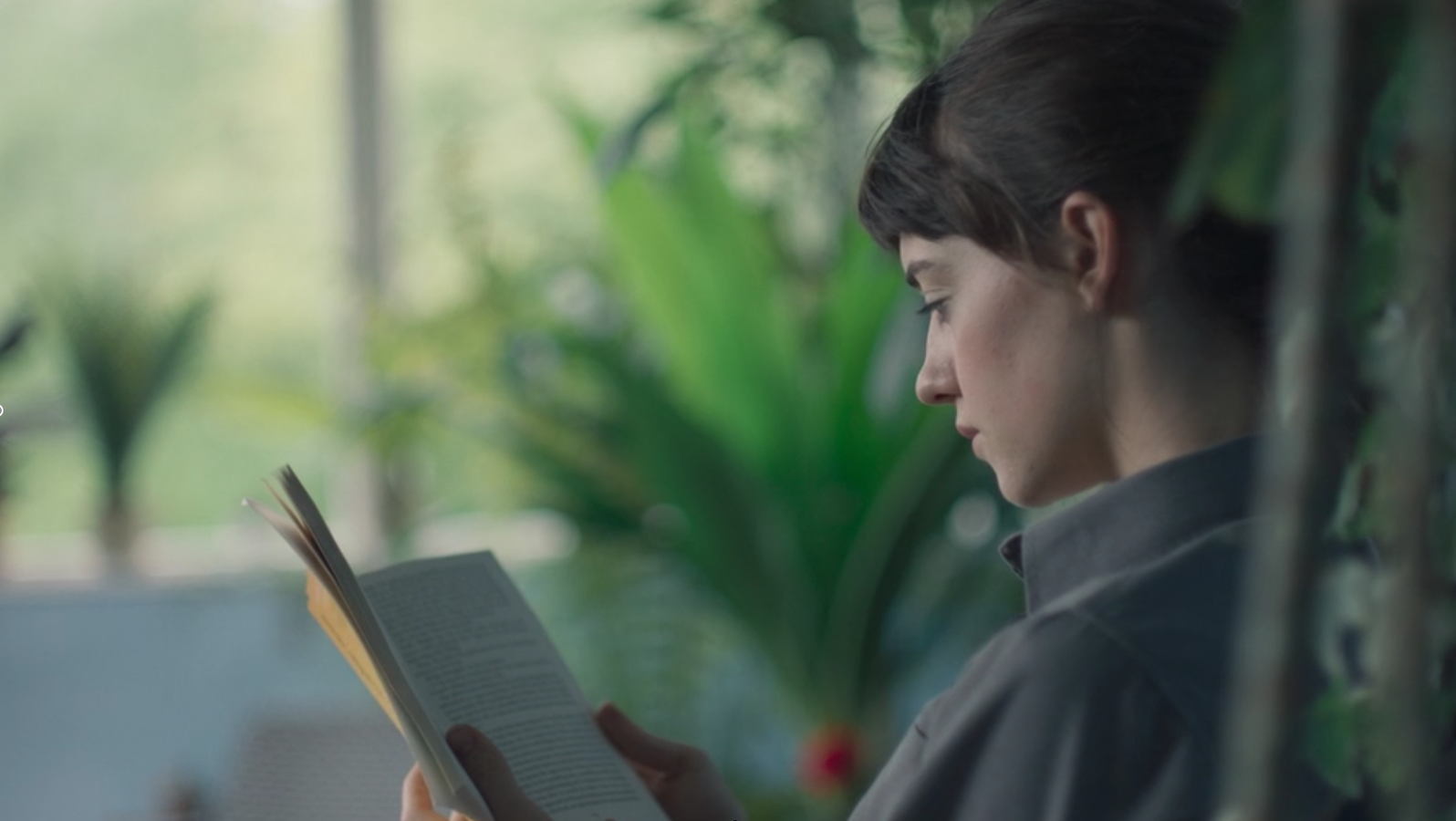
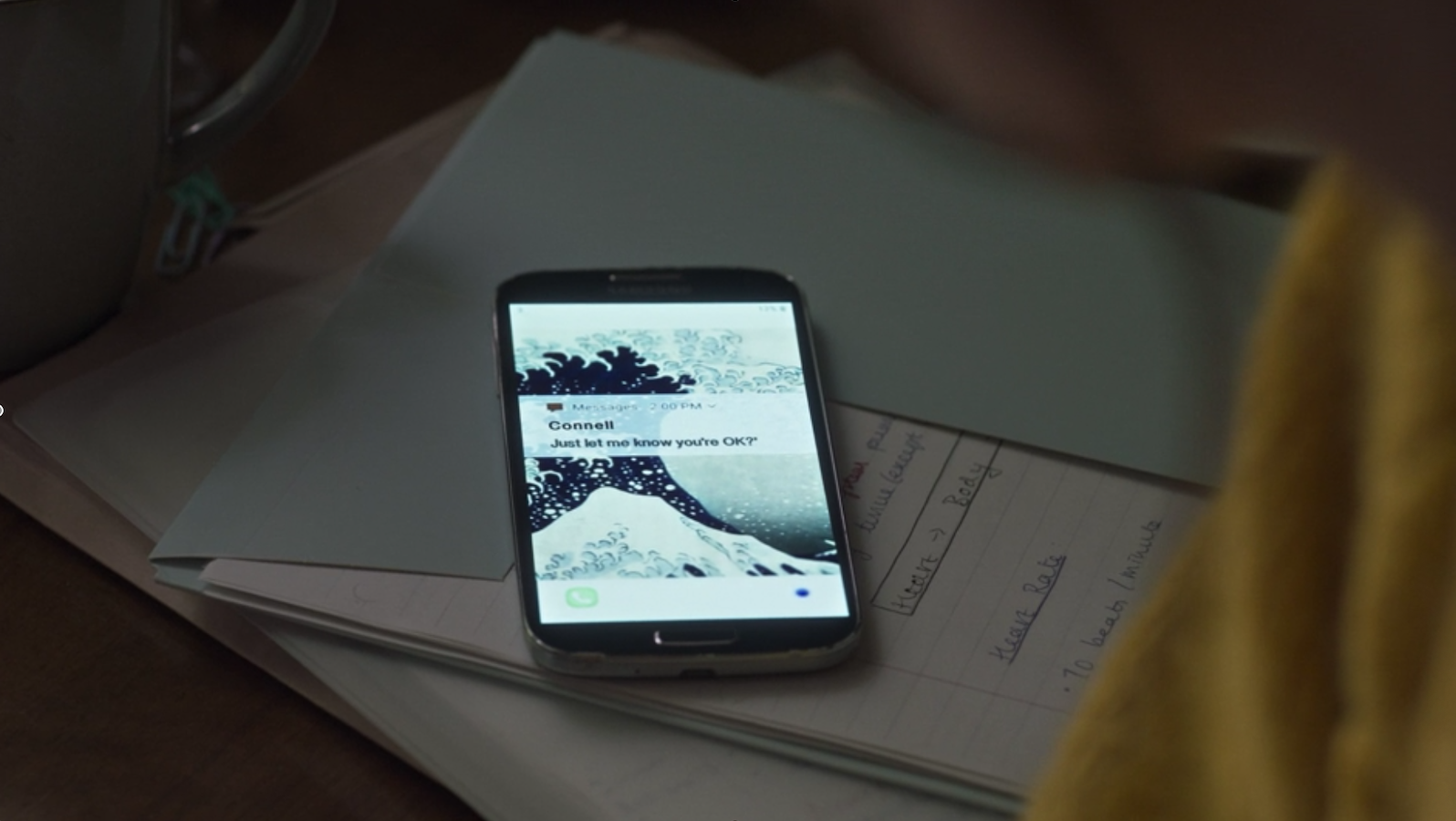
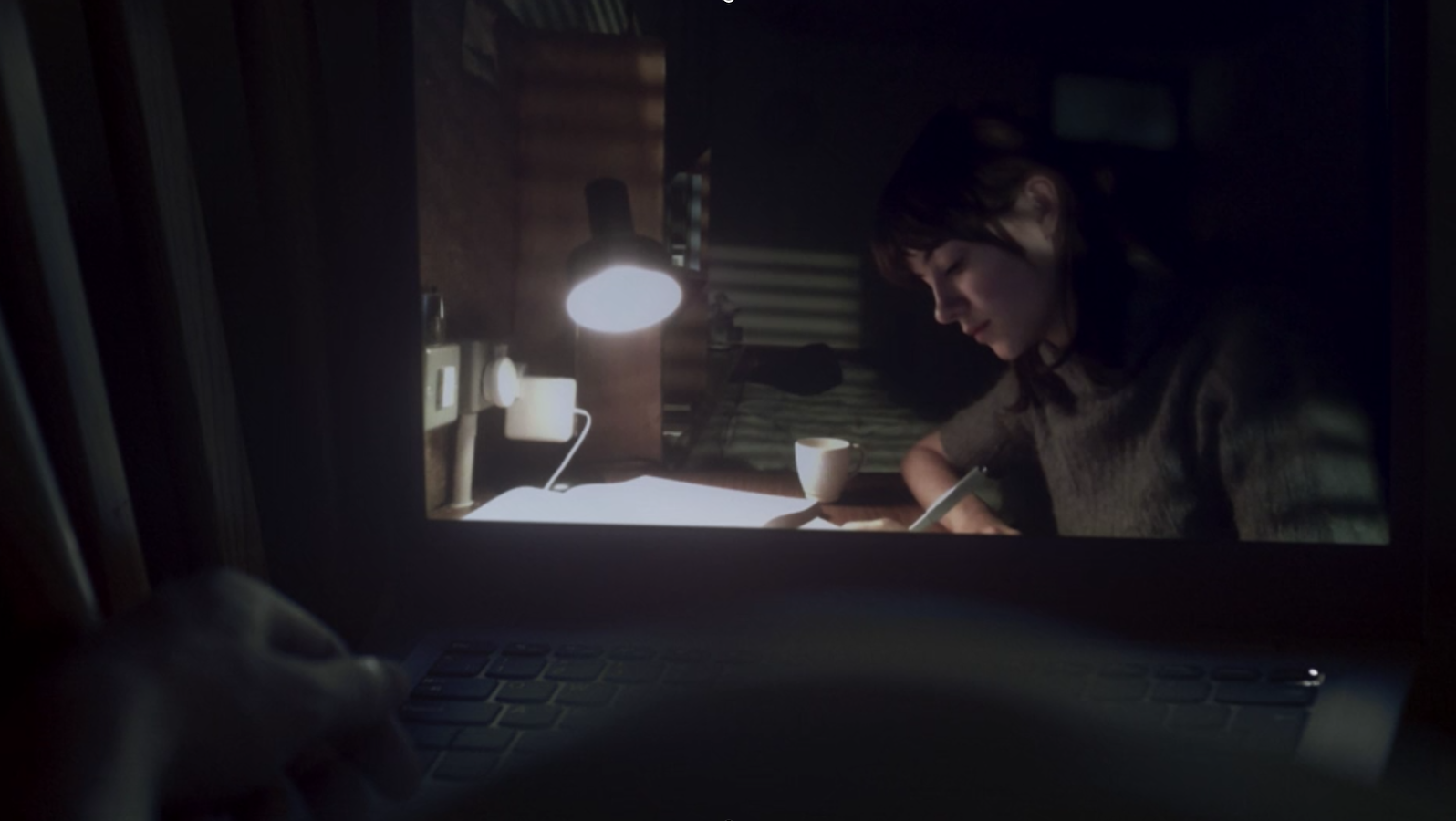
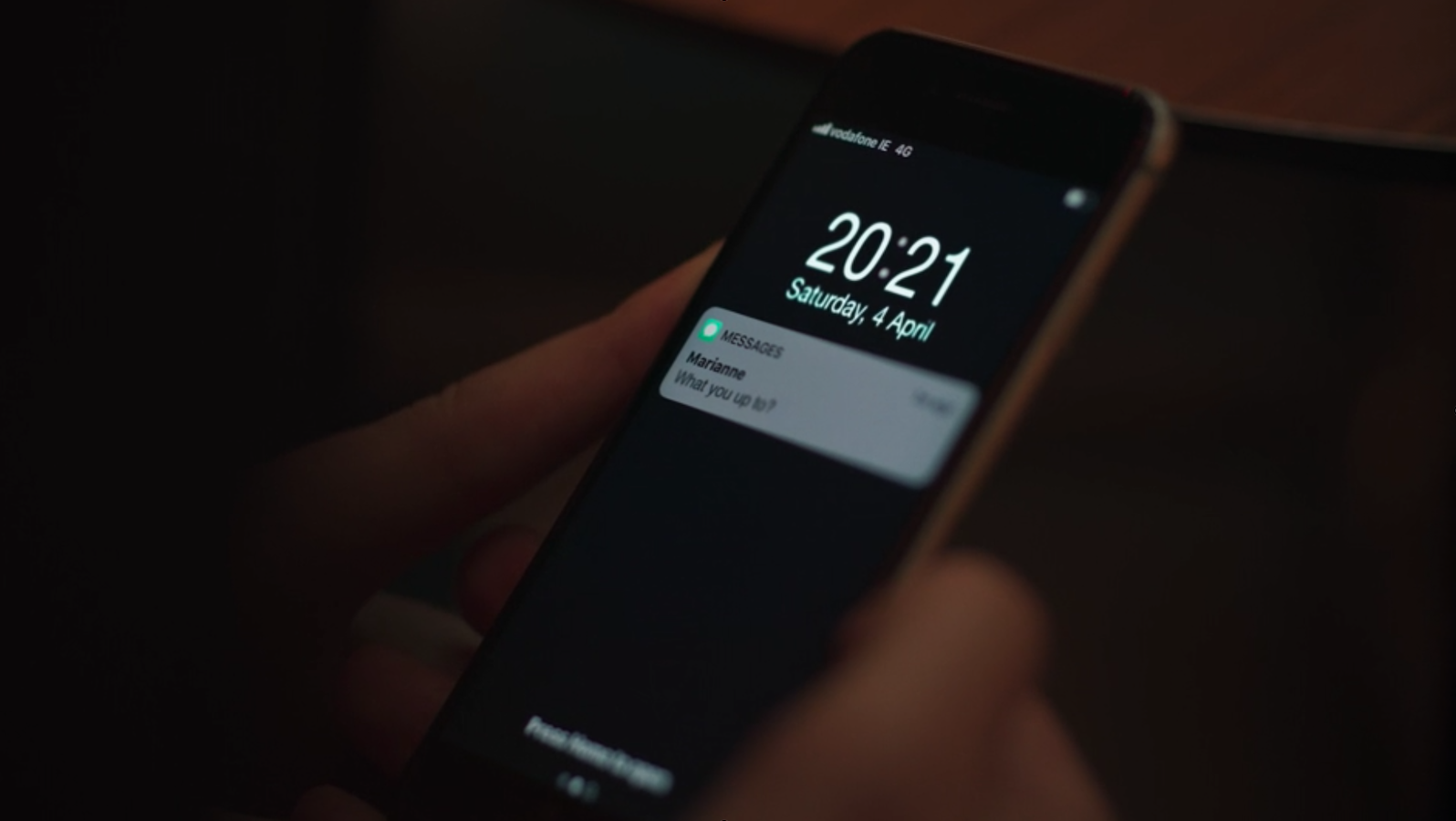
Millennial Culture
Yet there's still this appeal
That we've kept through the years
But love, love will tear us apart again
- Love Will Tear Us Apart (cover), Nerina Pallot
Normal People effortlessly captures the various ways in which millennials communicate, relate, fall in love, and grieve. Which is to say, mostly through screens and apps. Millennials and zoomers know the features of this reality intimately, but it’s not often that they’ve been represented so naturally or affectionately in film or TV for a wider audience. Relatable things, like being woken up by the insistent bzz bzz of your phone on the bedside table accompanied by the hollow white light of a late-night message; feeling your heart flutter when your crush’s name pops up in your notifications; or checking to see whether they’ve replied to your text or liked your post and the crestfallen feeling when they haven’t.
One of the scenes which best captures this is when Marianne is in Sweden on exchange, and Connell is in Dublin going through a period of intense depression and isolation. They’re up late chatting over a grainy Skype video. Connell doesn’t want to have to leave Marianne, who suggests leaving Skype open while he sleeps and she works, so she can watch over him while he sleeps and be there when he wakes up. It’s a tender and relatable sequence, which highlights the tension between authentic digital connectedness and the non-localisation of human relationships, which is all the more relevant in the COVID-19 era.
Representing these dramatic changes in digital communications and their impact on human relations is a defining feature of Rooney’s work, with many calling her “Salinger for the Snapchat generation”. In the aftermath of Rob Hegarty’s suicide and the funeral in Sligo, Marianne revealed how she’s spent days scrolling through Rob’s Facebook page, reading the comments of those who had posted to his wall. The dialogue is faithfully transposed from the text:
What were these people doing, Marianne thought, writing on the Facebook wall of a dead person? What did these messages, these advertisements of loss, actually mean to anyone? What was the appropriate etiquette when they appeared on the timeline: to ‘like’ them supportively? To scroll past in search of something better? But everything made Marianne angry then. Thinking about it now, she can’t understand why it bothered her. None of those people had done anything wrong. They were just grieving. Of course it didn’t make sense to write on his Facebook wall, but nothing else made sense either.
The above neatly summaries the changed ethical and technological landscapes we’ve found ourselves in over the last decade and a half, and the attendant ambiguities around etiquette and social protocols. With more of our lives and relations playing out online than IRL (it’s not uncommon for zoomers and millennials to spend 12 hours a day working, socialising and interacting through screens) what happens to our elaborate digital selves after we die? How do we memorialise loved ones in the digital realm?
How are we meant to remember those who have died: as they were in the flesh, or as they were represented across various social media platforms? How do we feel about the fact that the dead don’t always seem dead in the digital world, with countless videos and automatic Facebook and photo memories appearing to remind us of their presence? How has spending so much time living through screens changed us as beings, and what are the implications for intimacy, connection and romance?
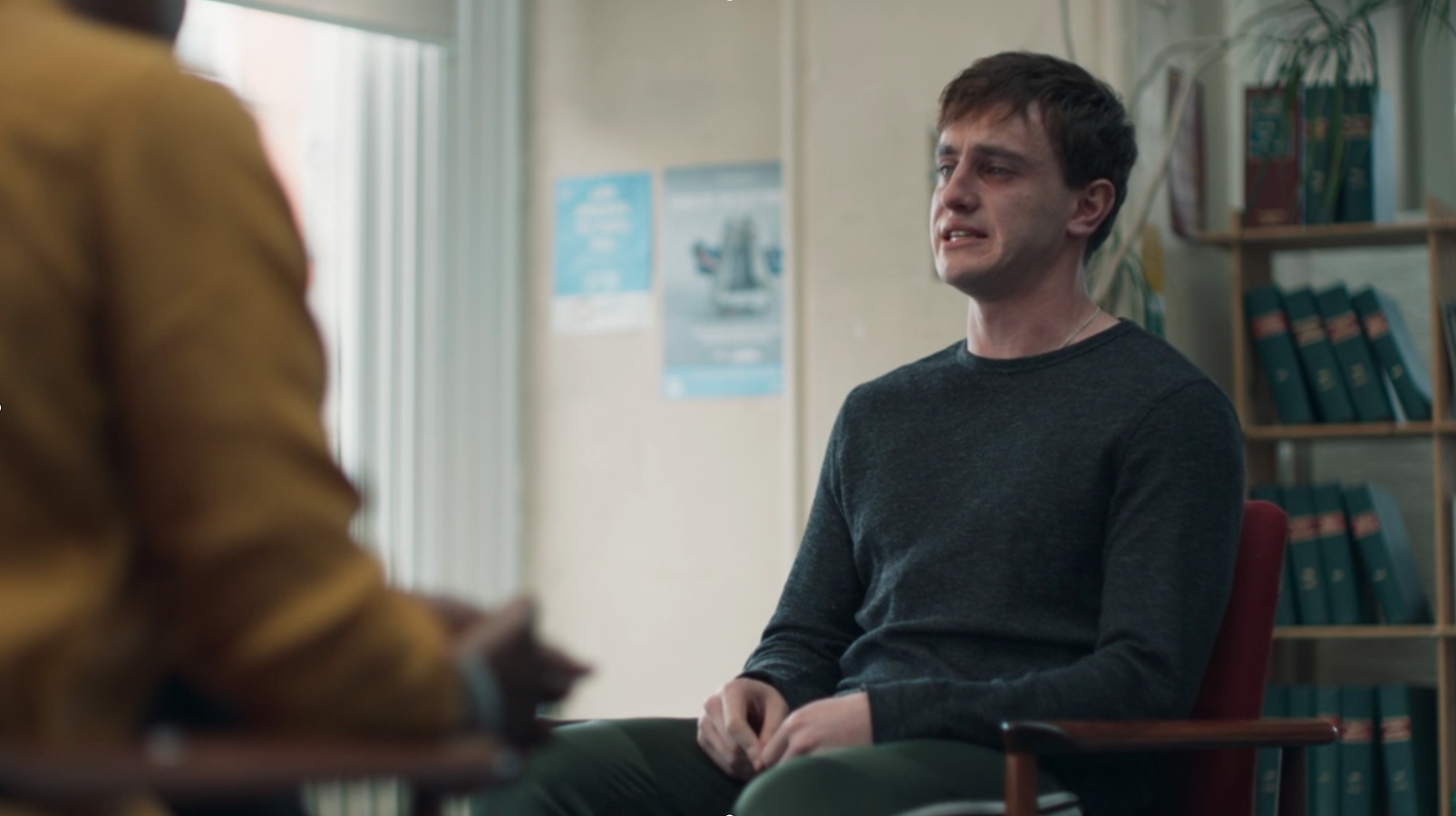

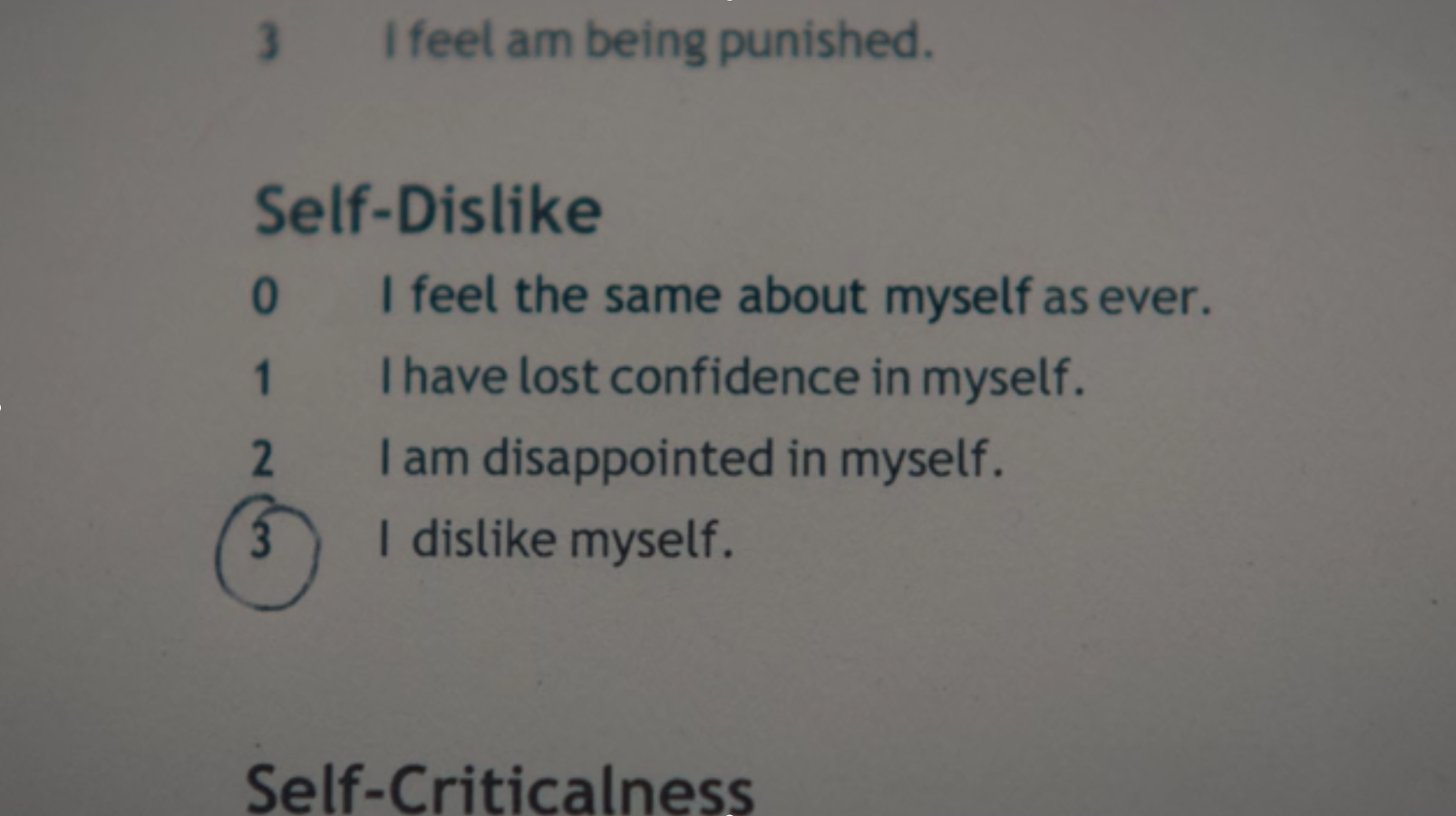

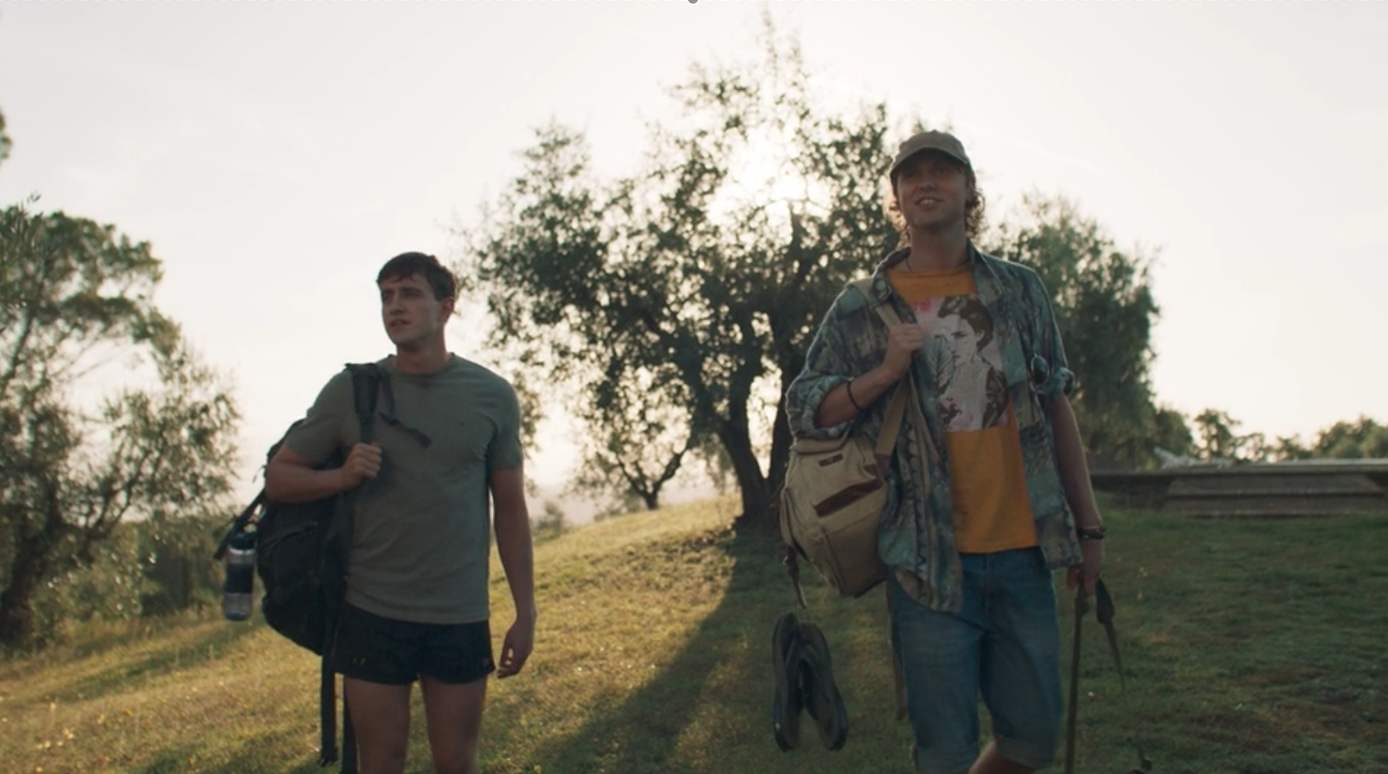
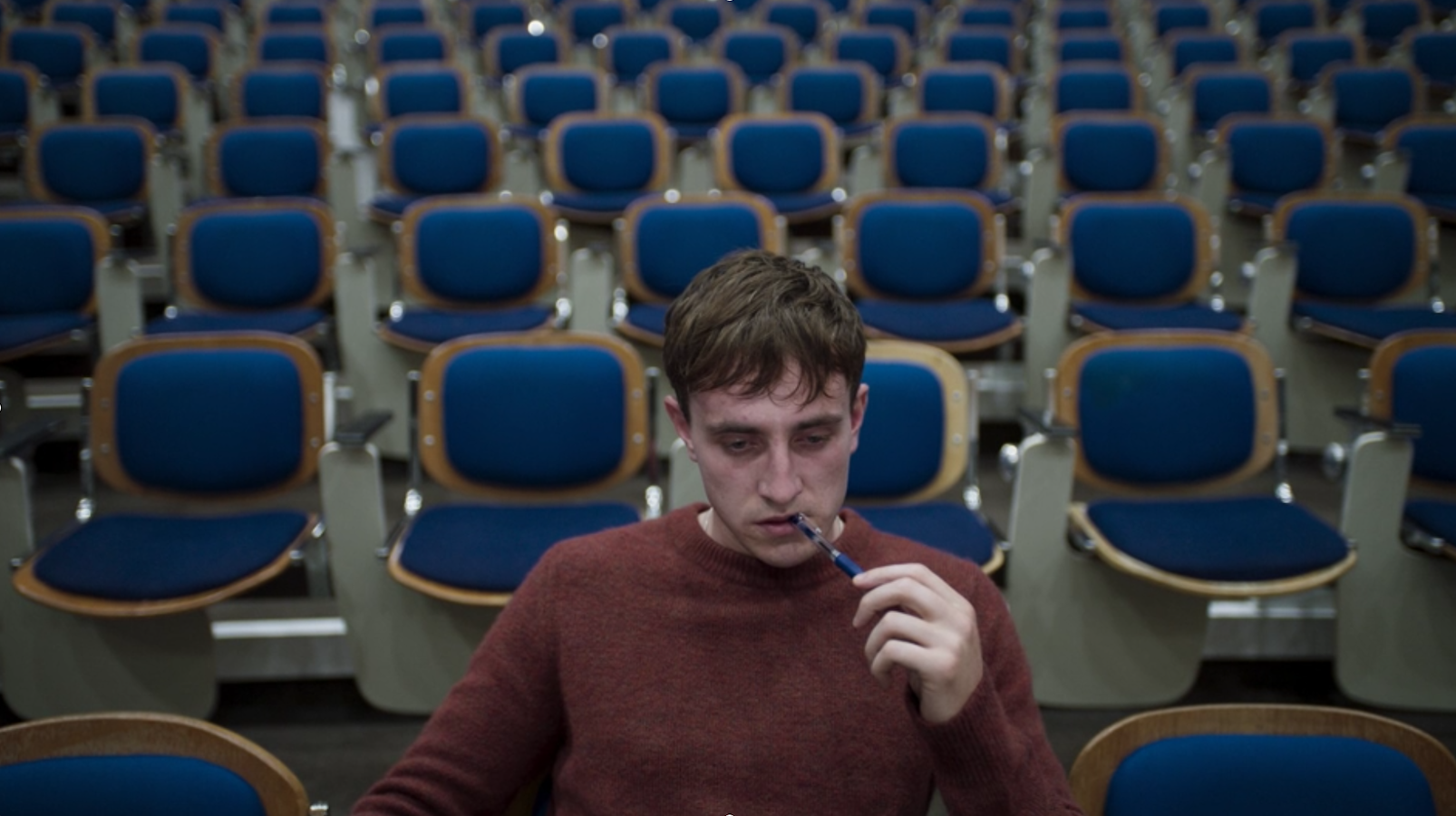
Mental Health
Nel mezzo del cammin di nostra vita
mi ritrovai per una selva oscura,
ché la diritta via era smarrita.
Midway in the journey of our life
I found myself in a dark wood,
for the straight way was lost
- Dante Alighieri, The Divine Comedy
One of the most powerful and transcendent features of Normal People is how it handles the subject of male mental health.
Beginning his career as a stage actor after graduating from the Lir National Academy of Dramatic Art at Trinity College, Dublin, Paul Mescal is well suited to the task. The scenes which represent Connell living with anxiety, depression and panic attacks are nothing short of groundbreaking due to their their honesty, realism, and sensitivity. Early in the series, Connell experiences a minor panic attack at high school after his friends pressure him about whether he’ll ask Marianne to the Debs. The camera claustrophobically follows and winds around him, framing him at a close distance as he seeks an escape in the toilet cubicle, as Stephen Rennicks’ score switches to a drawn out, anxiety-inducing strings piece.
Later in the series, Lorraine (Connell’s mother) phones Connell to inform him that his friend Rob Hegarty has taken his life, with his body found in a river on New Year’s Day. Connell’s reaction is visceral. Upon hearing the news, his throat seizes up with anxiety and he struggles to swallow, the mobile phone dropping from his hand as he blinks in disbelief.
The next scene - which could have been written for the stage - depicts Connell and his psychologist sitting opposite each other on wooden chairs in a nondescript clinical room. With his eyes avoiding the gaze of his interlocutor and his hands fumbling nervously in his lap, Connell opens up about Rob’s suicide and how it’s precipitated his severe depression and anxiety. He expresses his guilt that he “wasn’t in touch with him more” and says - ignoring the psychologist when she absolves him of responsibility - that he “never even replied to the last message he sent me.” In a subsequent scene with his psychologist, Connell opens up about his relationship with Marianne, and how starkly it contrasts to his feelings of loneliness and alienation in Dublin. Faltering, he says “I don’t think people here like me that much”, and how - despite having such different values and interests from his contemporaries at high school, including Rob - he hasn’t been able to find the same sense of belonging and community in Dublin as he had in Sligo. The novel reads:
I just feel like I left Carricklea thinking I could have a different life, he says. But I hate it here, and now I can never go back there again. I mean, those friendships are gone. Rob is gone, I can never see him again. I can never get that life back.
It’s incredibly moving to watch Mescal deliver these lines as the camera lingers on his grief-stricken, distressed face. His voice gives way to waves of tears, despair and grief, not just for Rob, but for the life he once had and the person he once was. The performance evokes an overwhelming feeling that many of us experience growing up and moving schools, cities and countries. That of not quite fitting in and feeling comfortable in ourselves and around others, nor knowing where or who to call home.
It’s rare for an actor to embody vulnerabilities in mental and emotional states so authentically. Watching Mescal, you can feel the listlessness and enervation of Connell’s depressive episodes, or the pins and needles, tight chest and hyperventilation from his sudden panic attacks and anxiety, and the roiling emotions he experiences when opening up to his psychologist.
My friends have described Normal People as an experience of being “seen”, so closely do the intricacies of the story align with the millennial experience of growing up in the 2010 decade. One - an attendee of a UK university and a star debater (like Rooney) - humourously described it as though the lives of her peers had been “appropriated”.
Normal People reflects so much of the realities of millennial lives that it’s intensely moving and emotional to see it played out before you, almost as if you were watching a recreation of your own youth and life on screen, with all its joys, heartbreaks and intimacies.
This is even more profound when contrasted with the context of the COVID-19 pandemic and all the pain, dislocation and uncertainty that it’s wrought on the world. The series should serve as a springboard for thinking about who 'we' are as millennials, and how we would like our individual and collective futures to be on the other side of the pandemic. Being threatened with cataclysm and the recognition of one’s mortality should help us understand how precious and beautiful life is, and how important it is to live a life filled with meaning, connection, and beauty.
